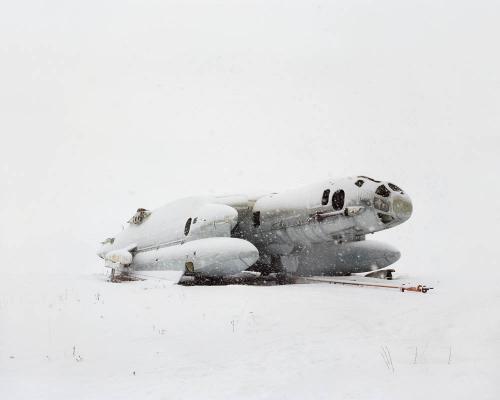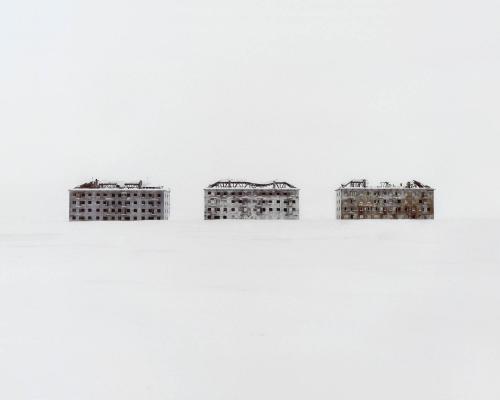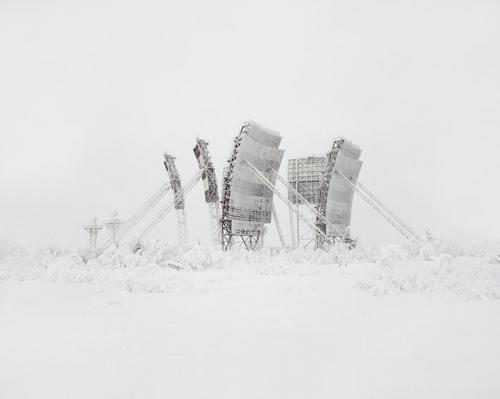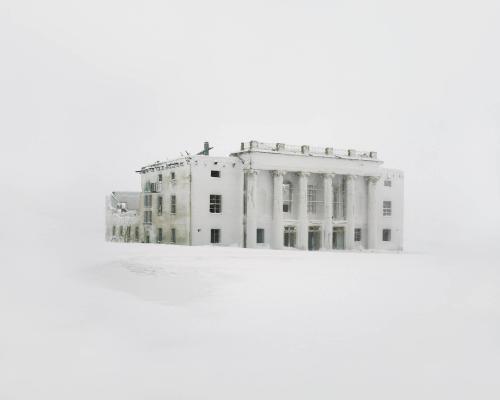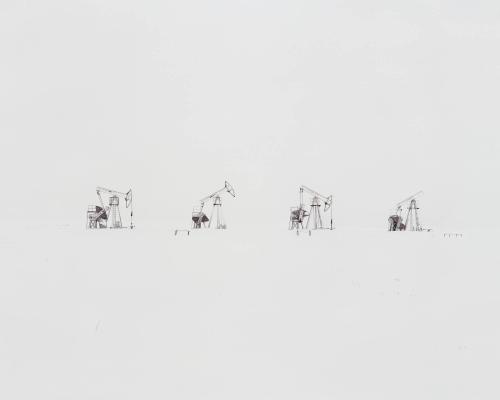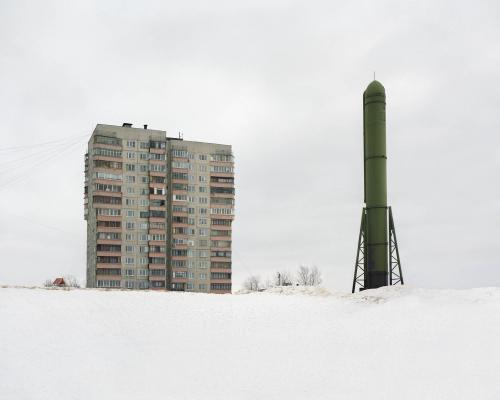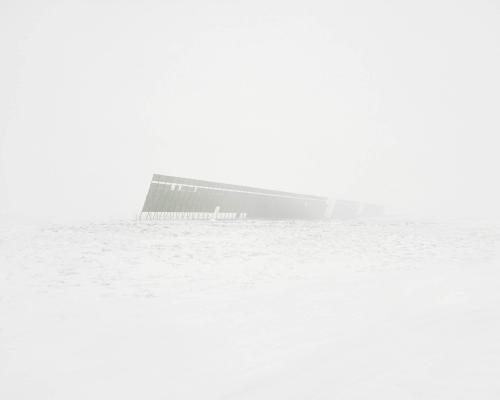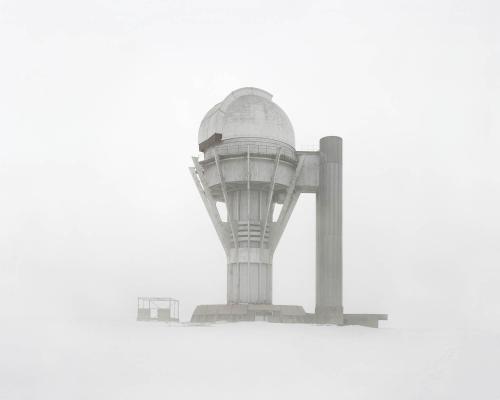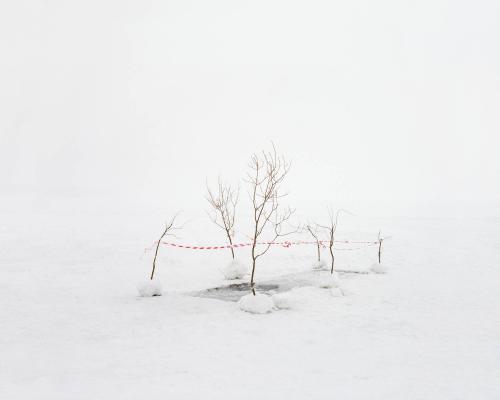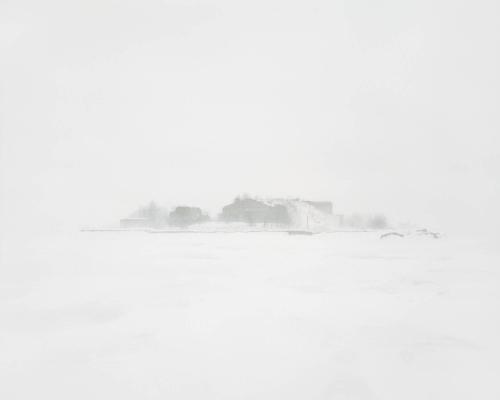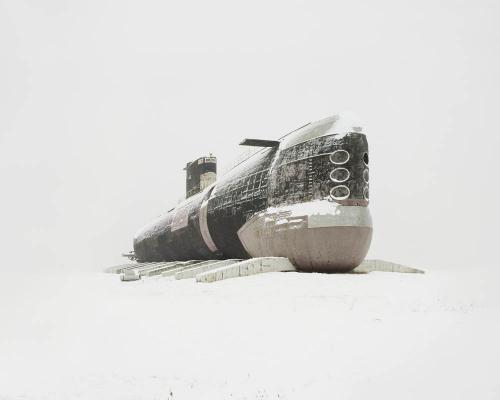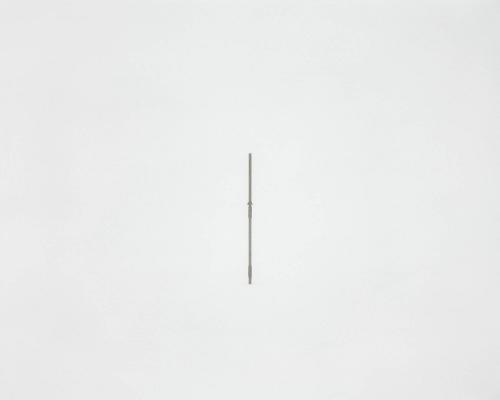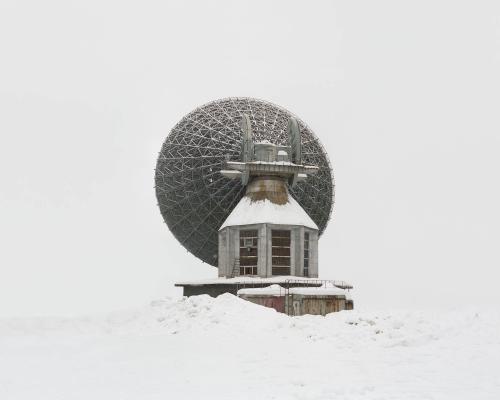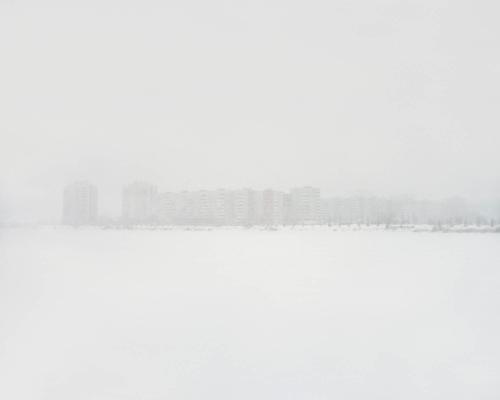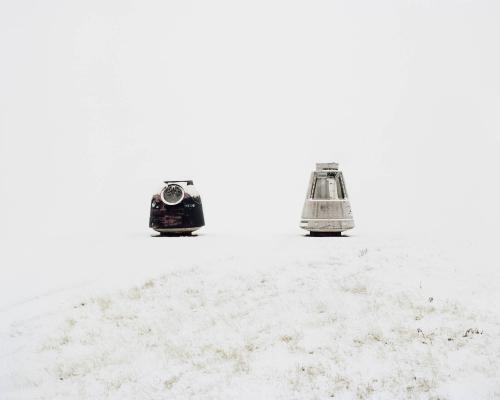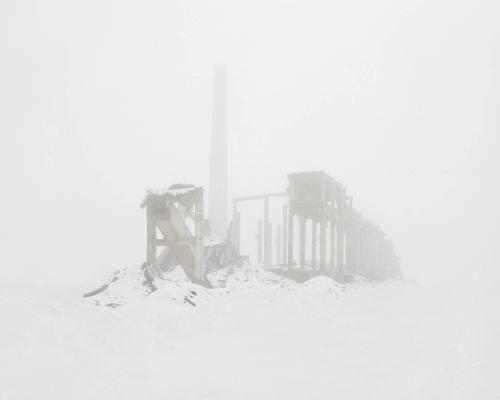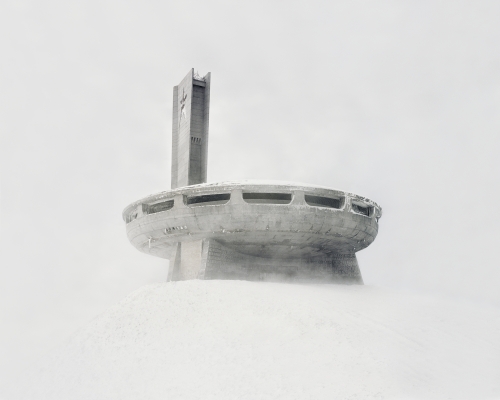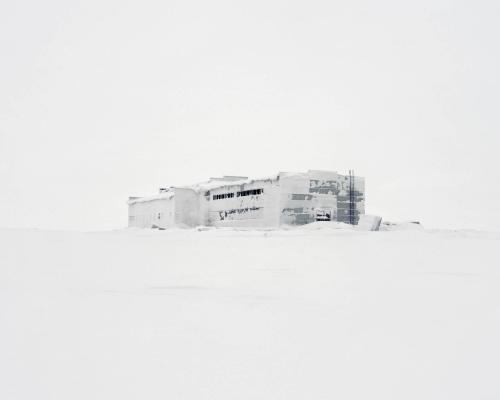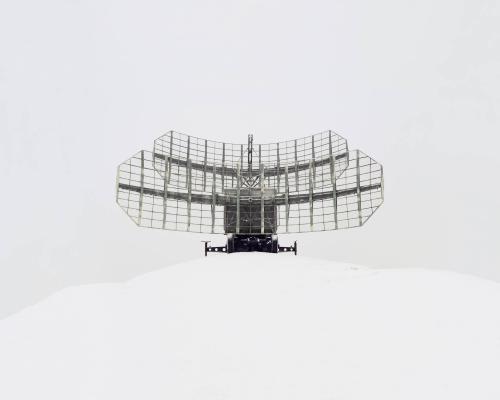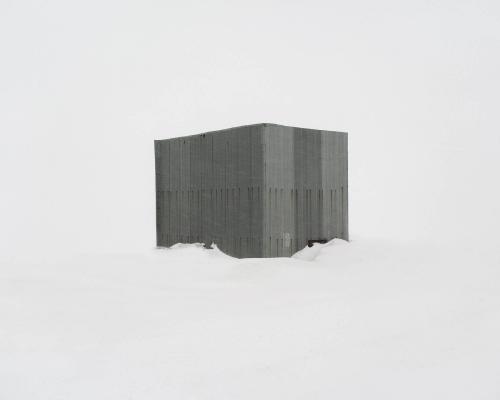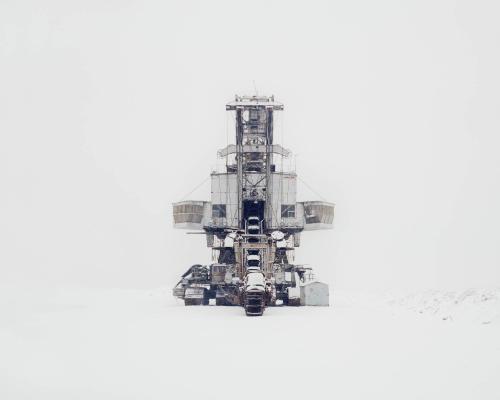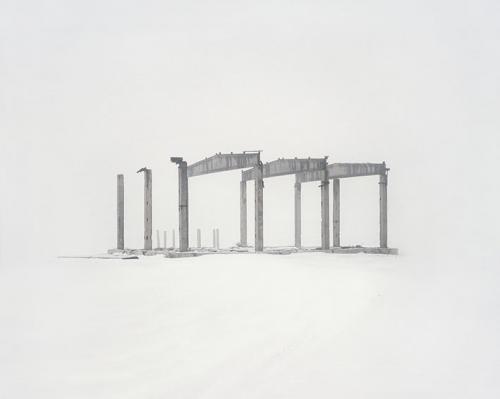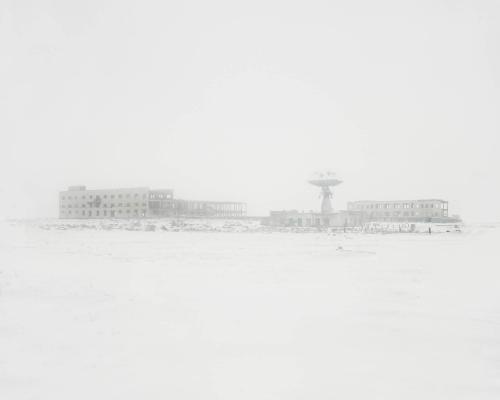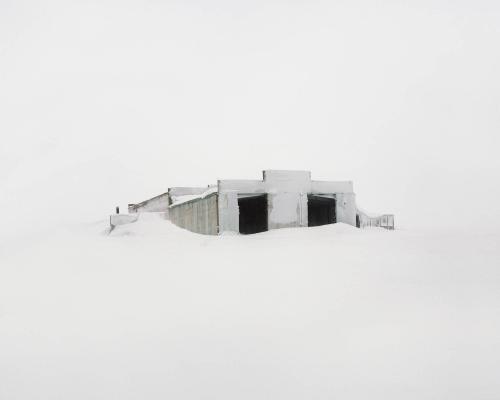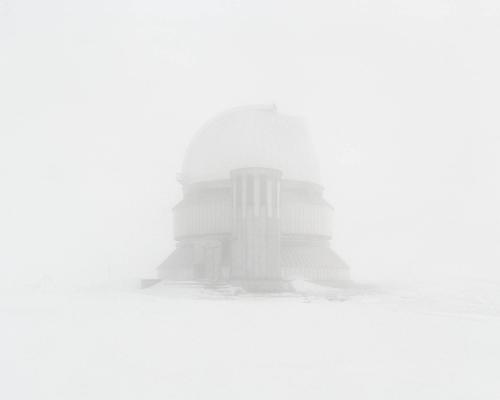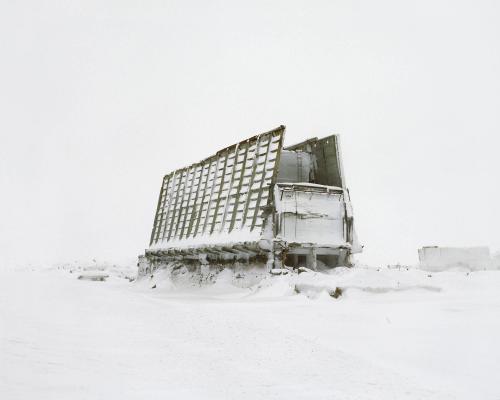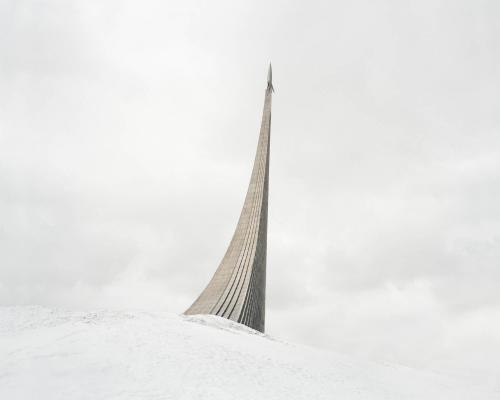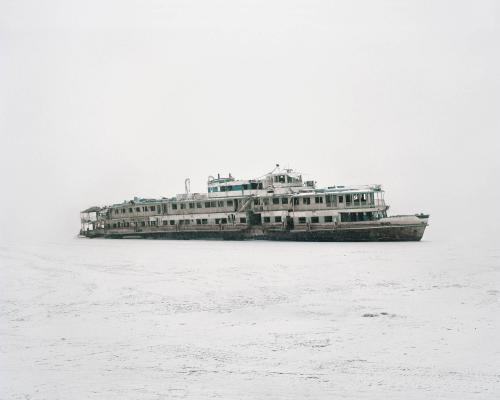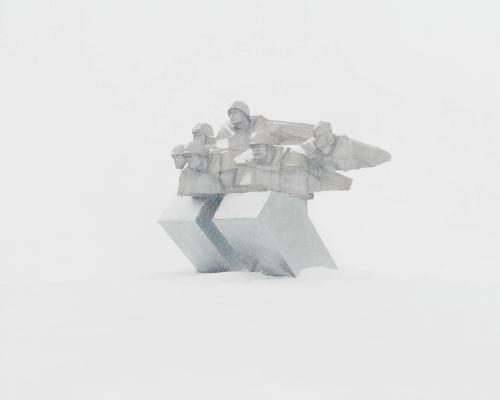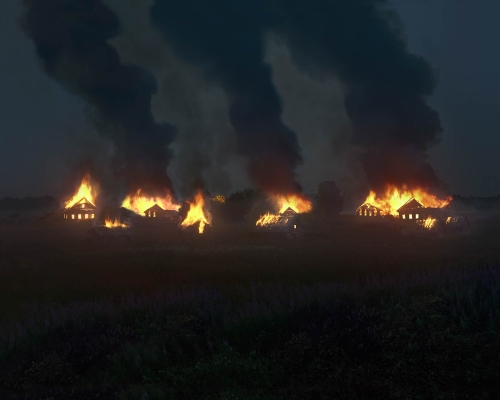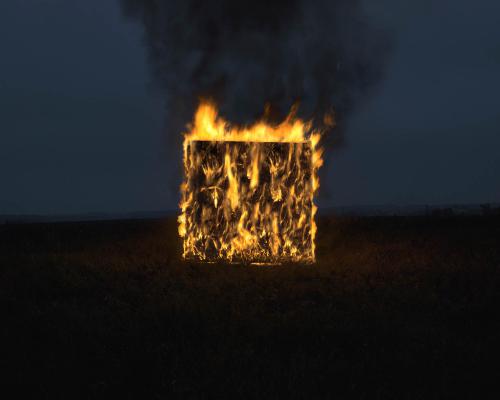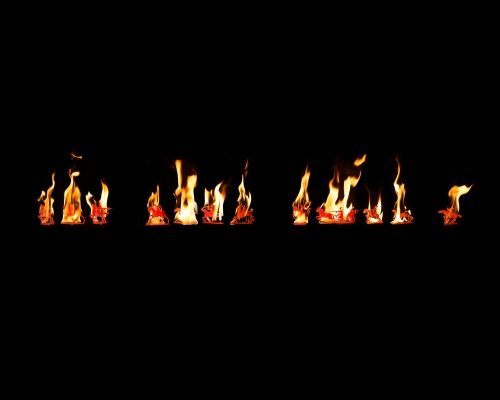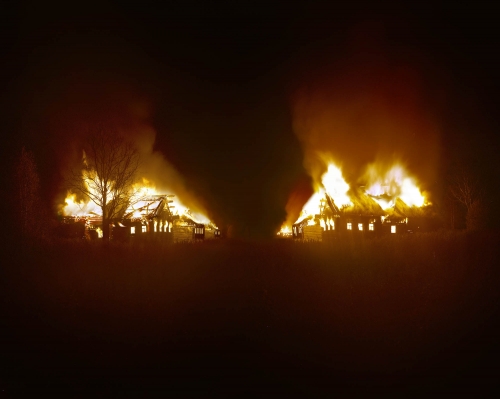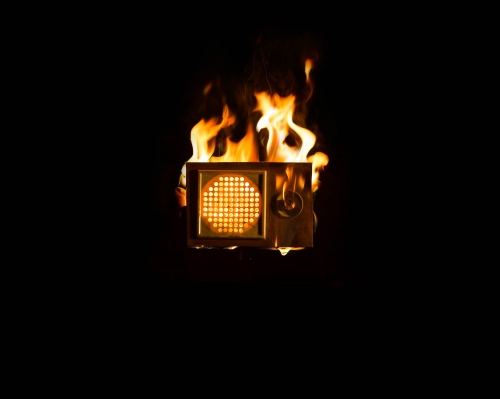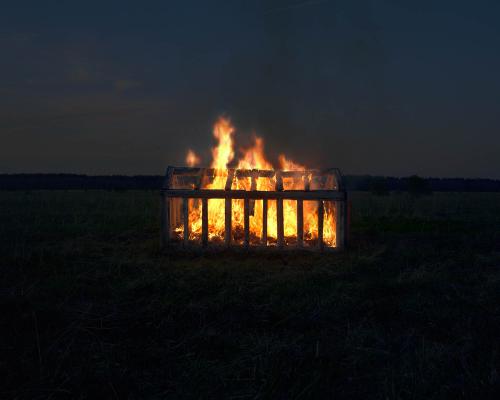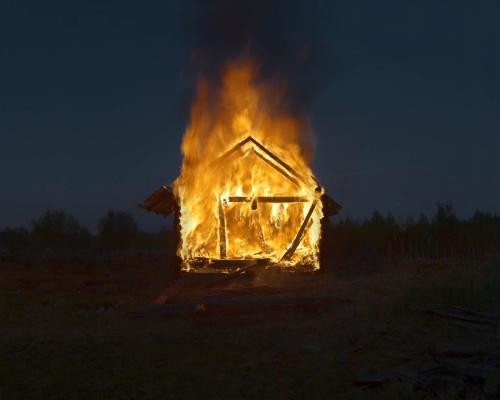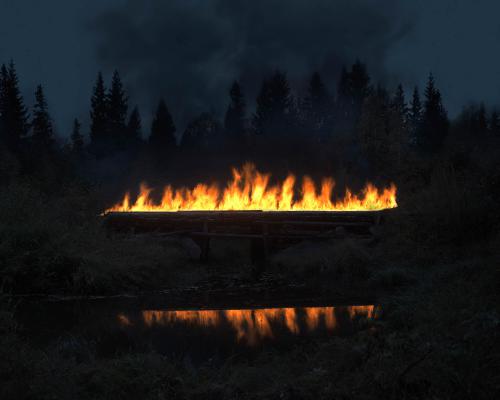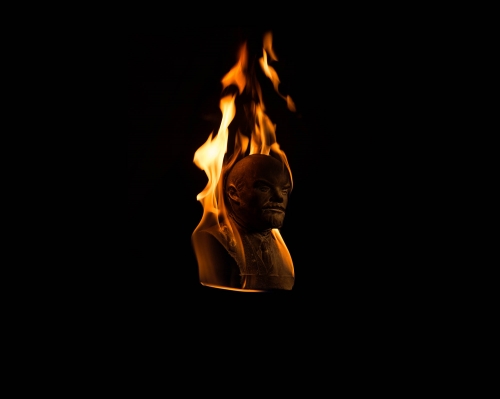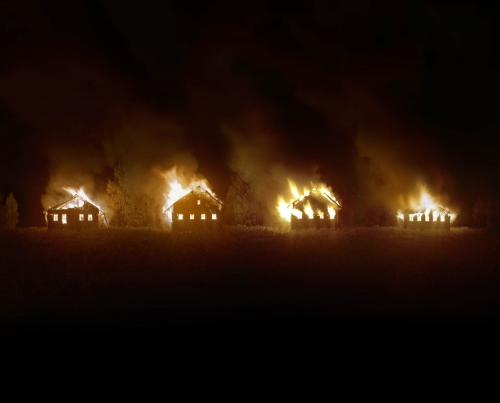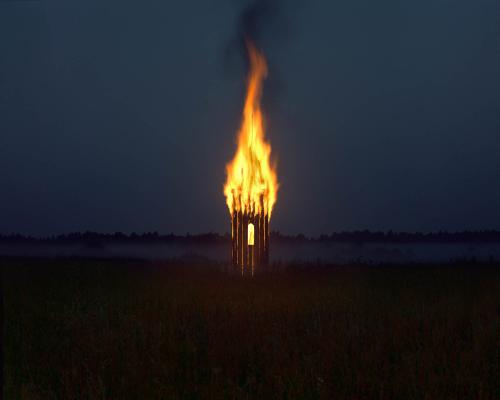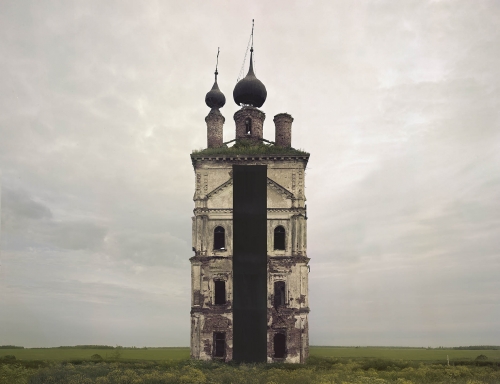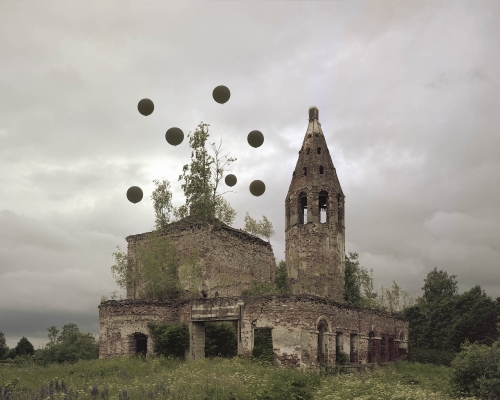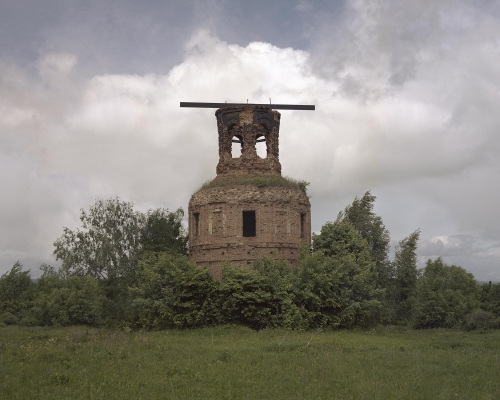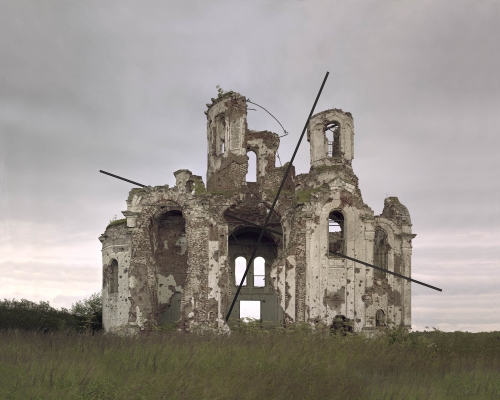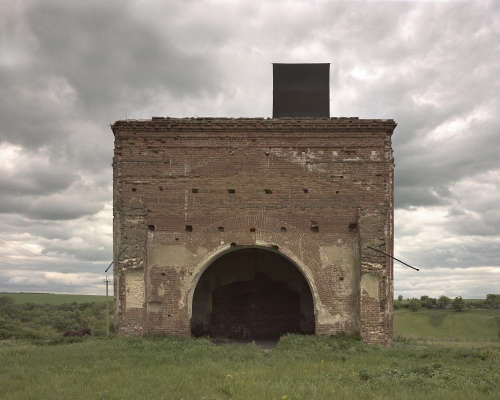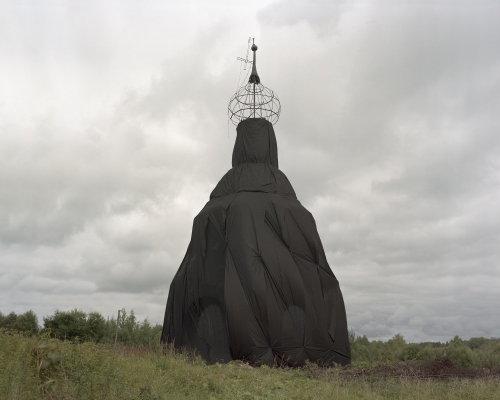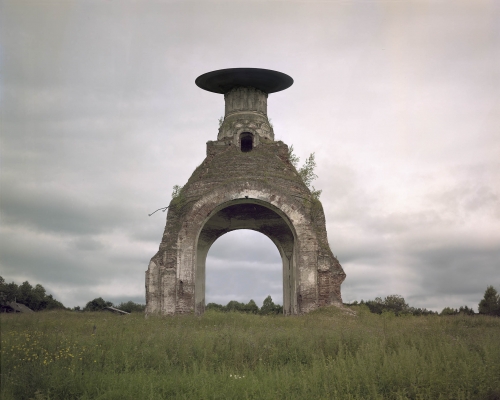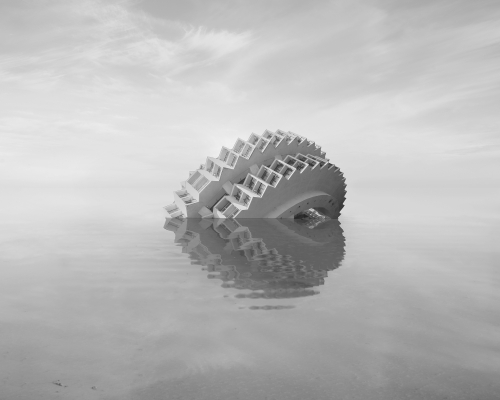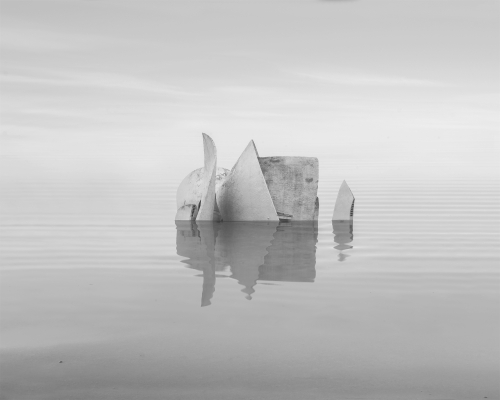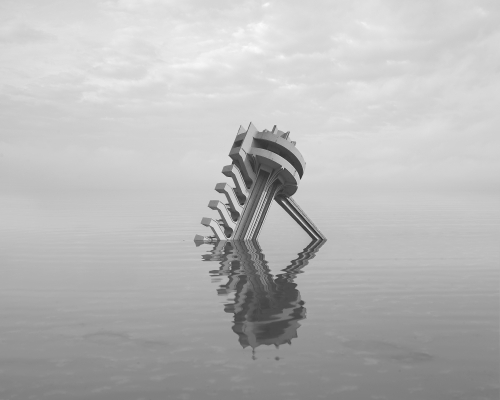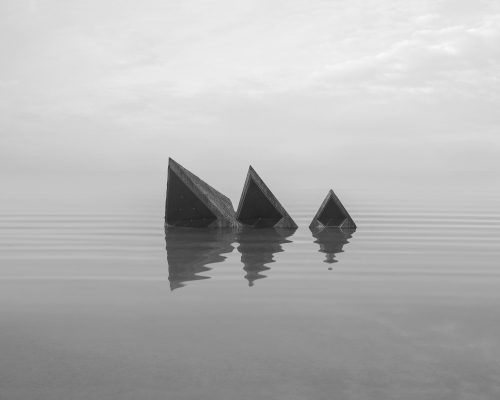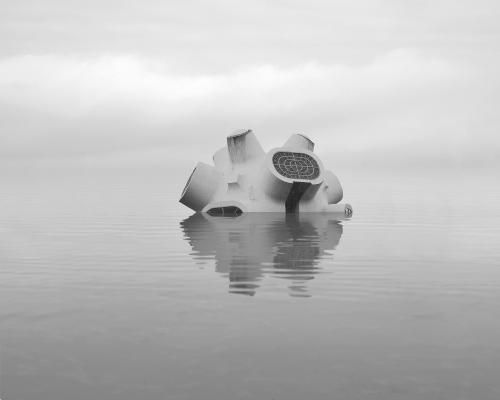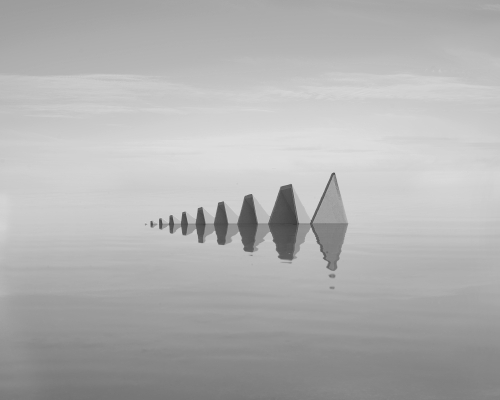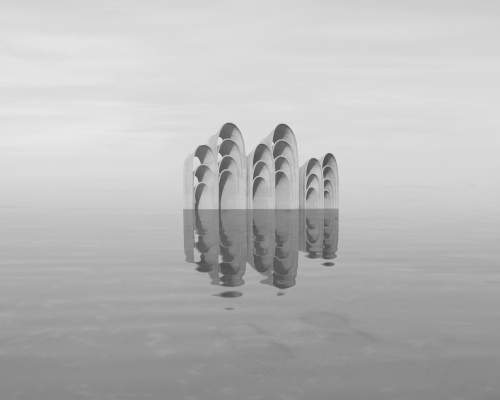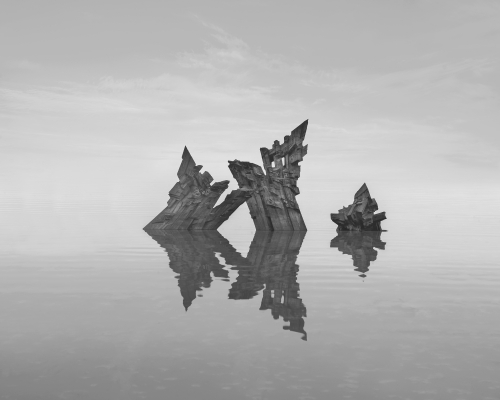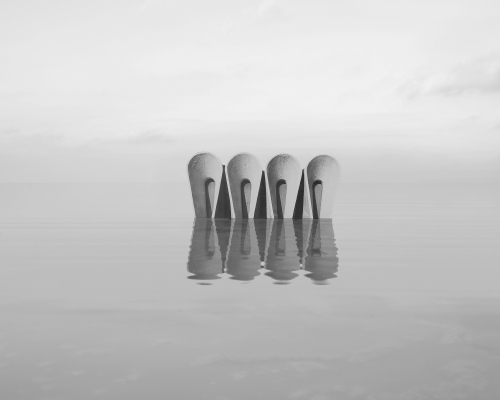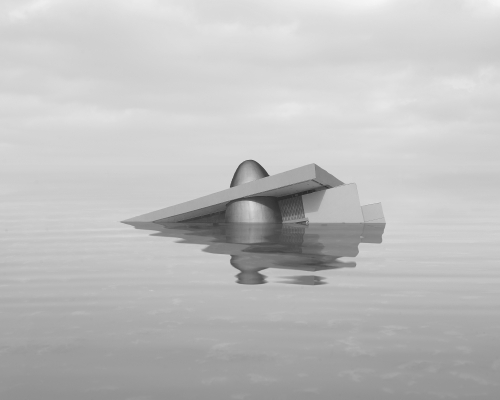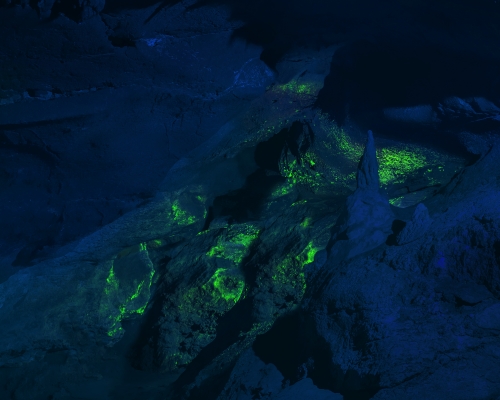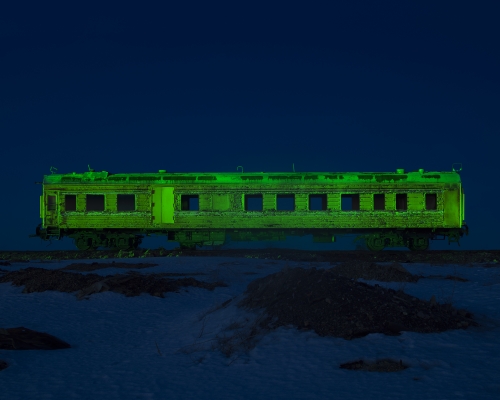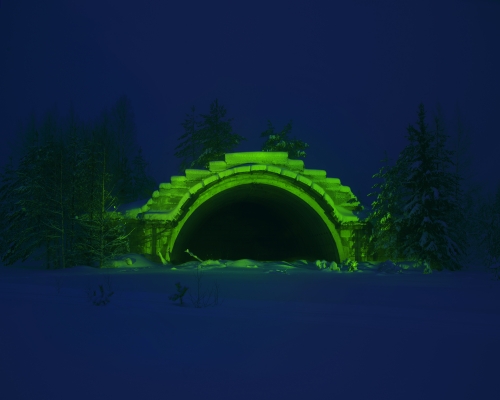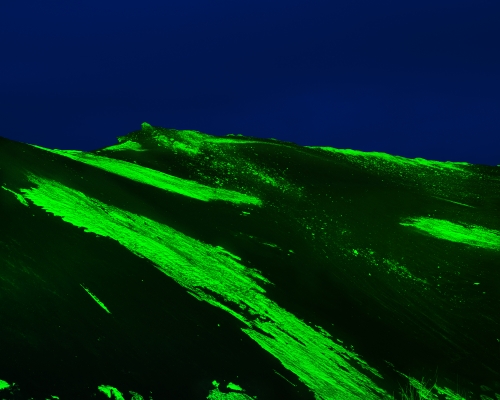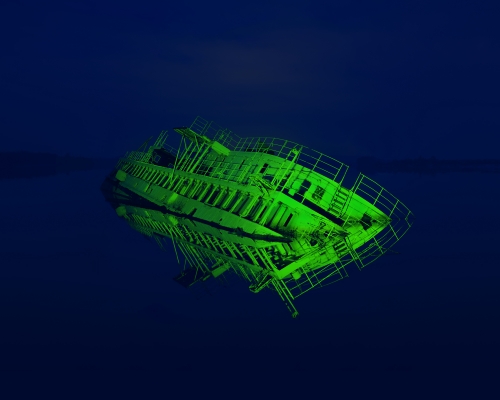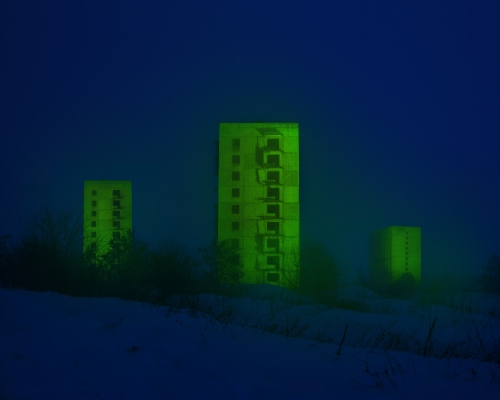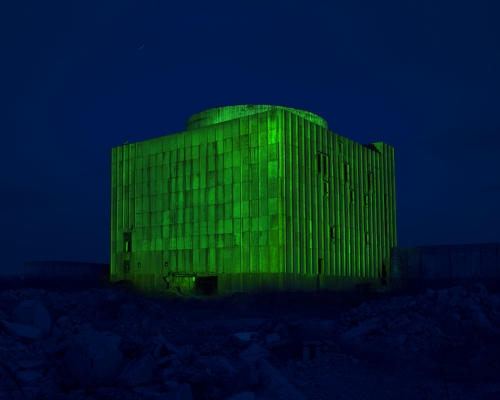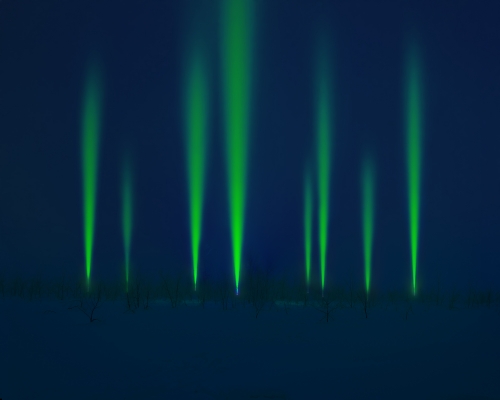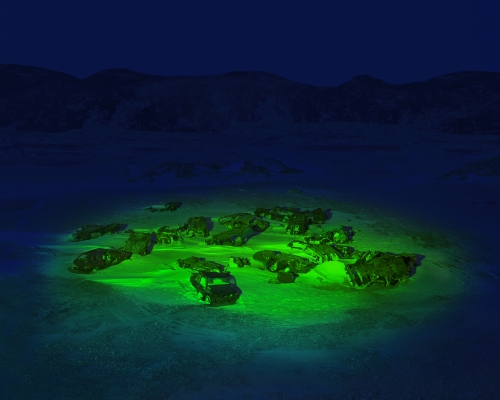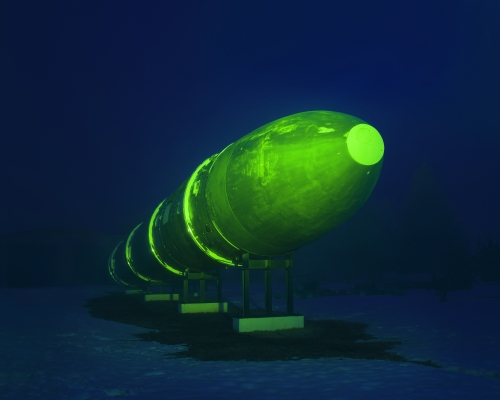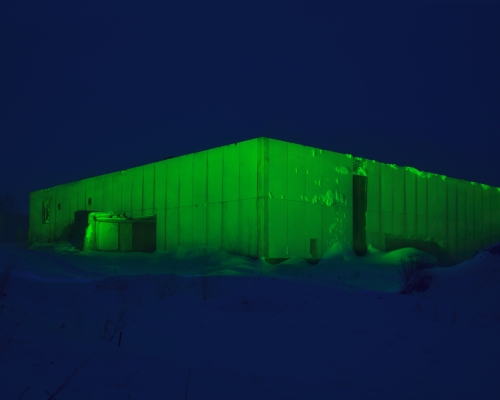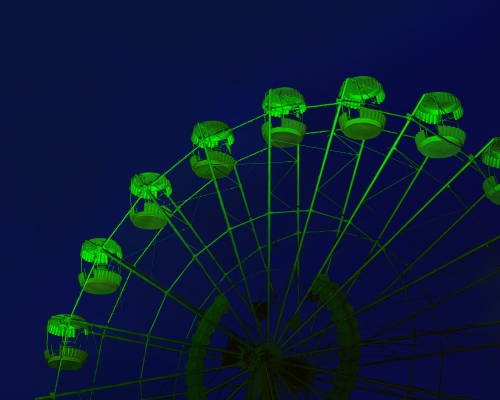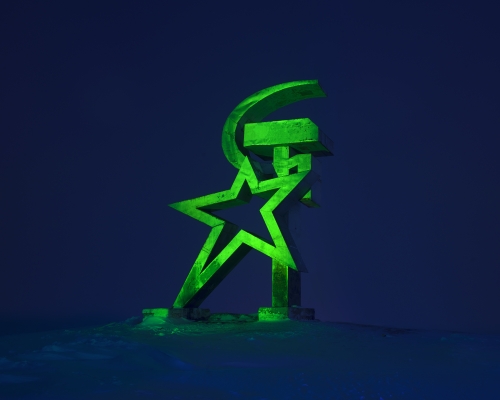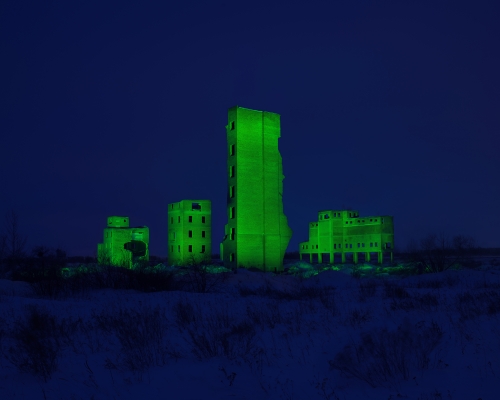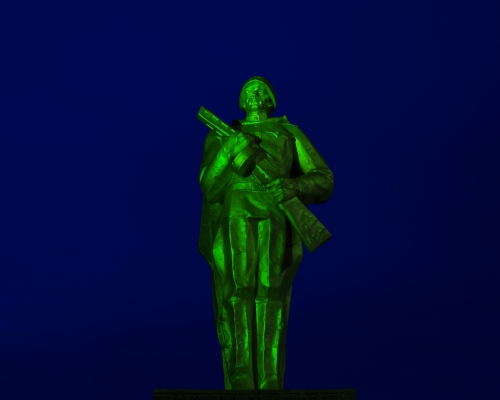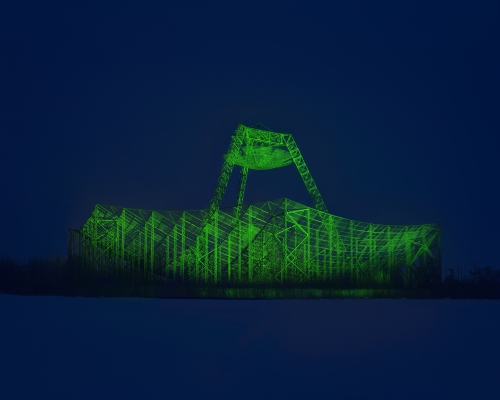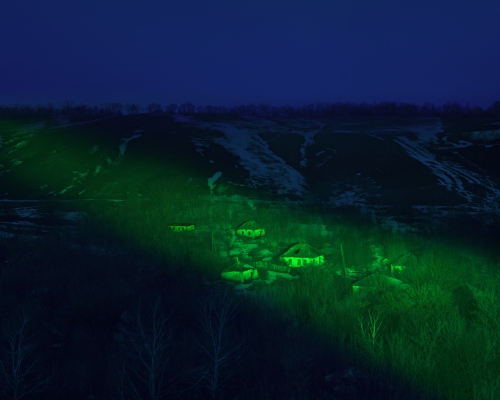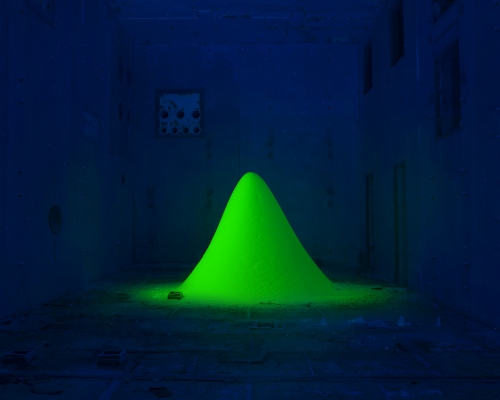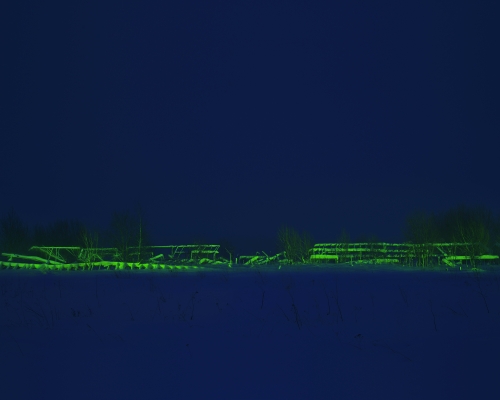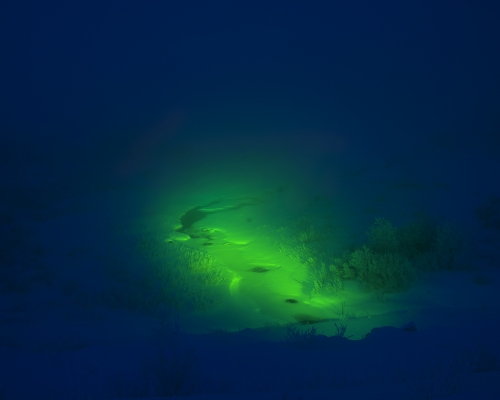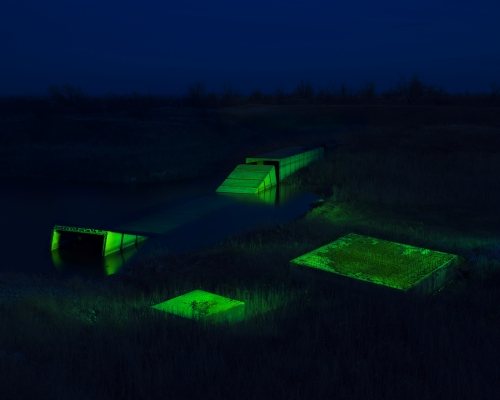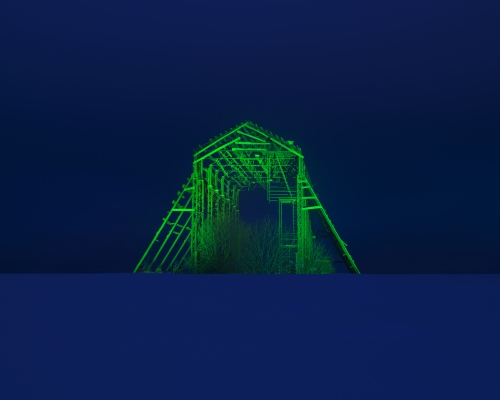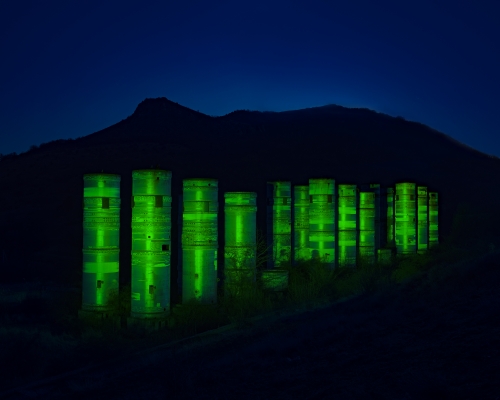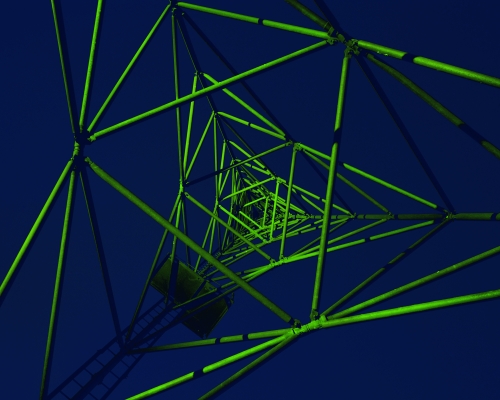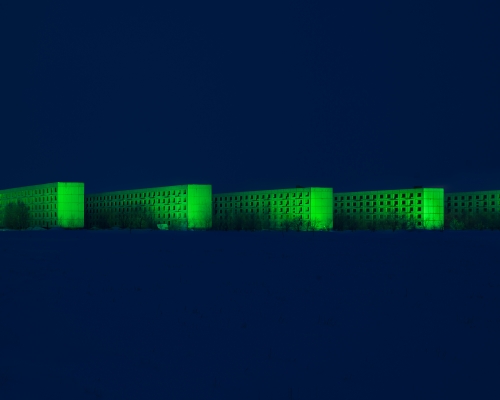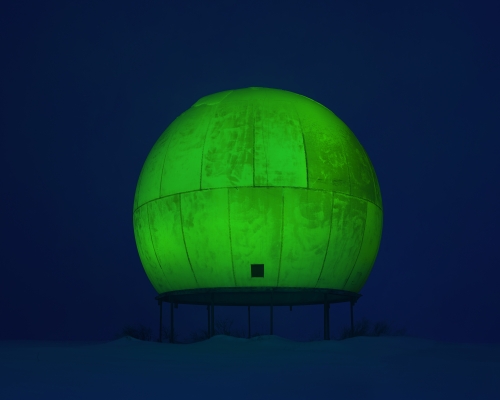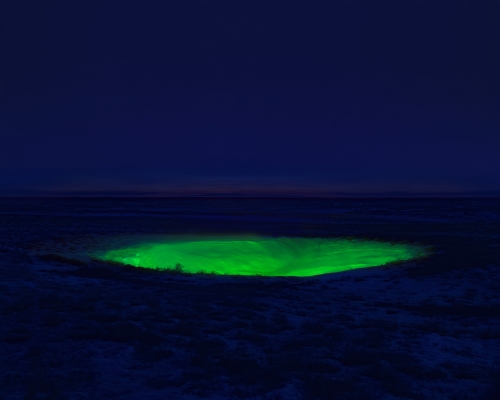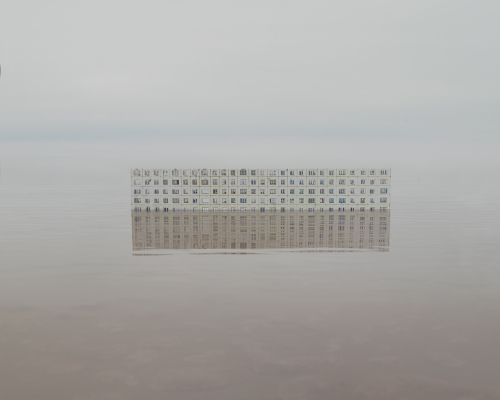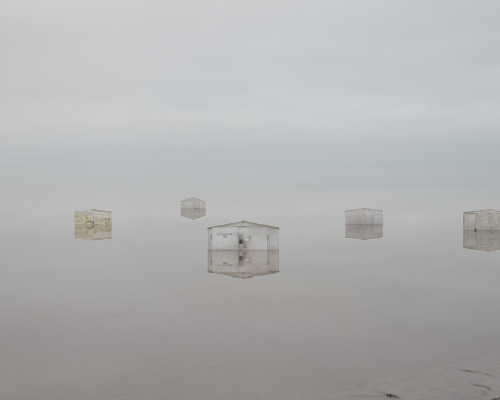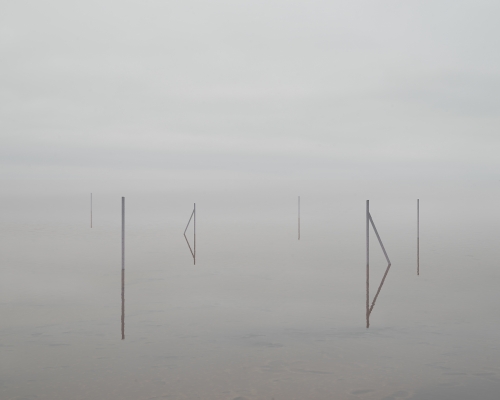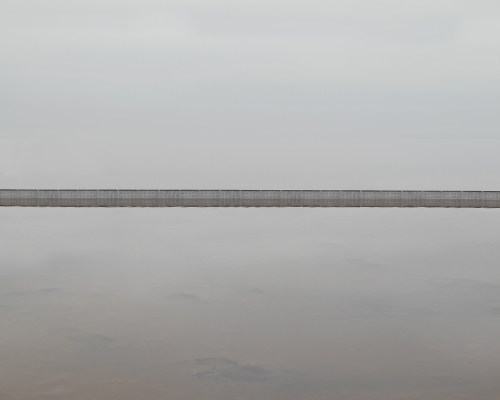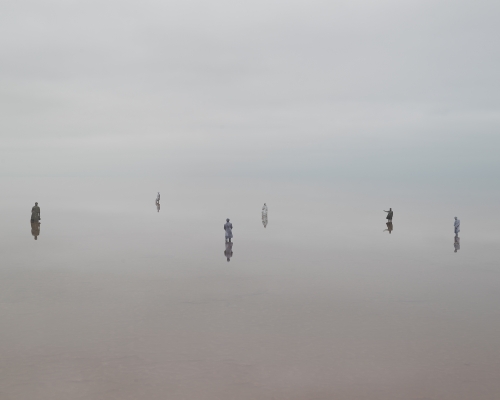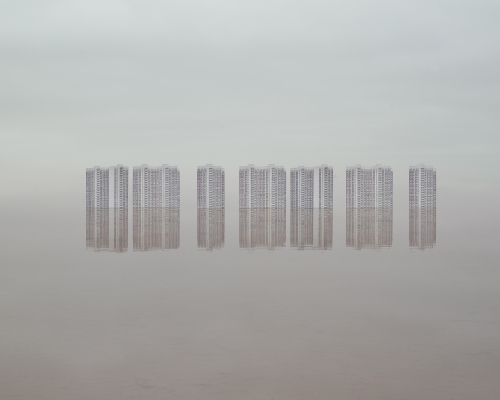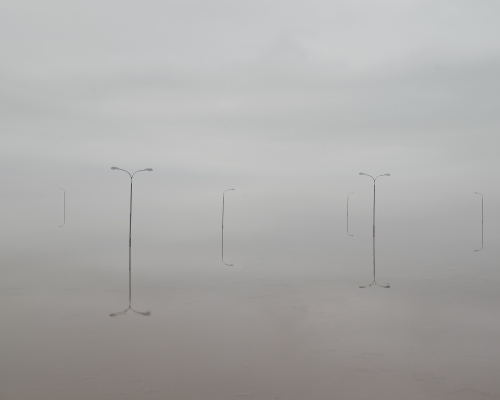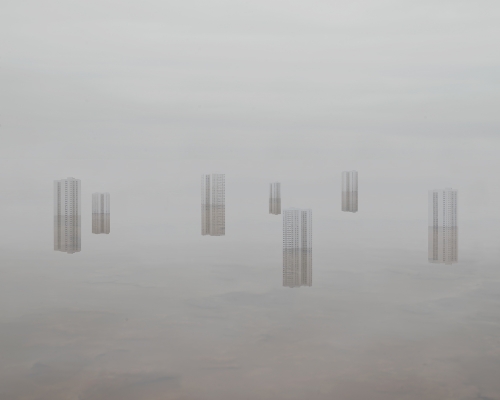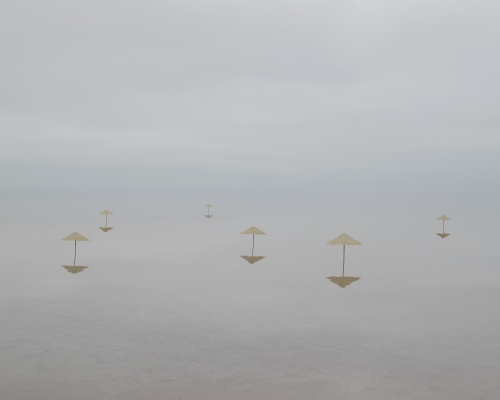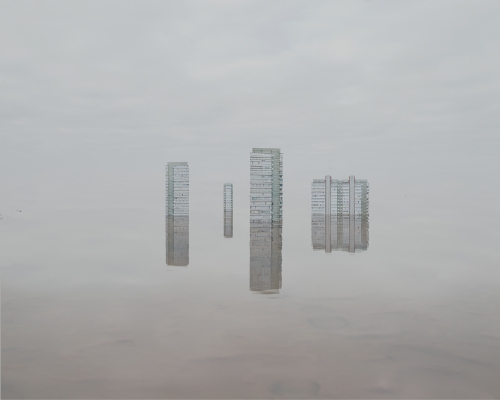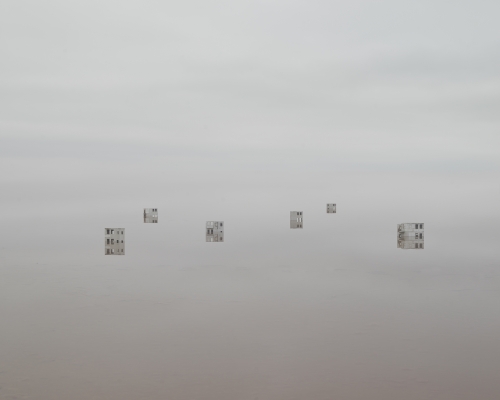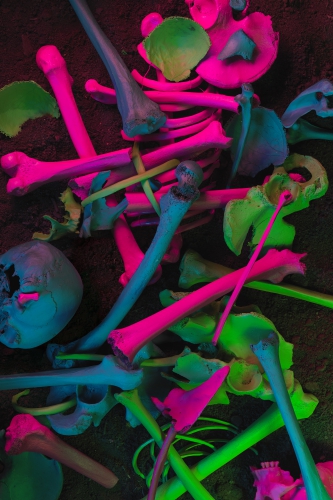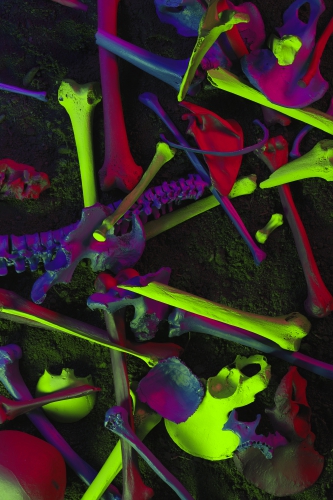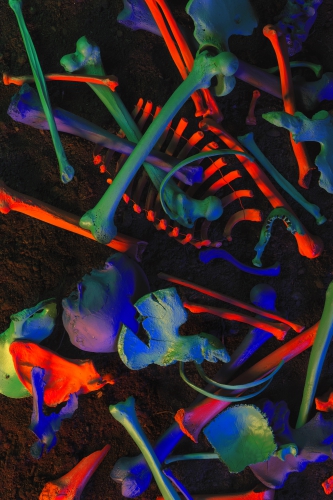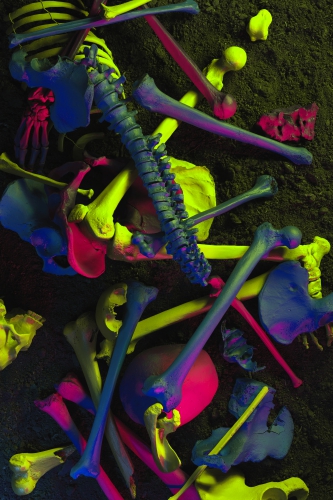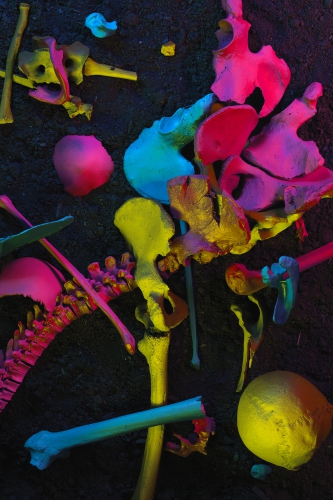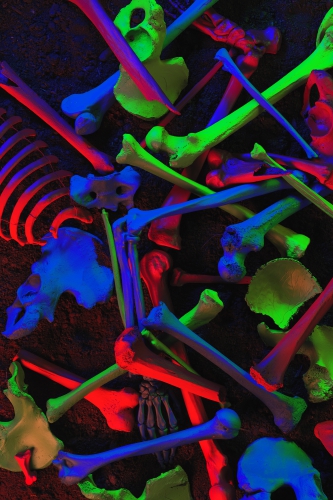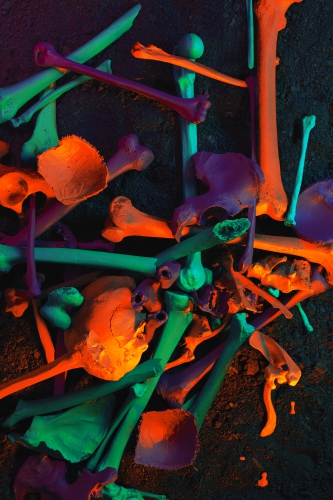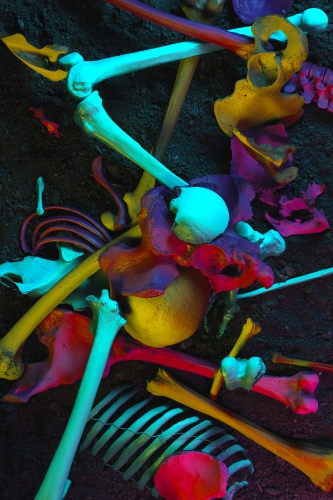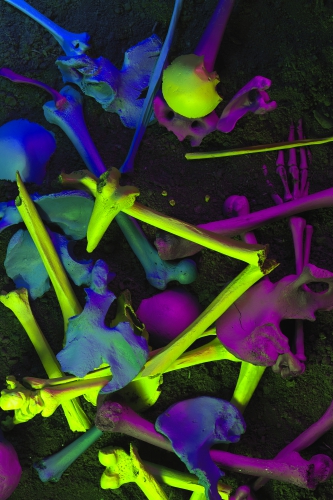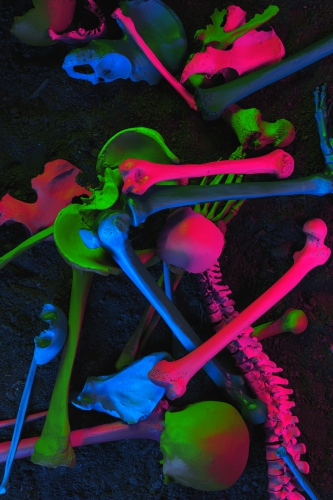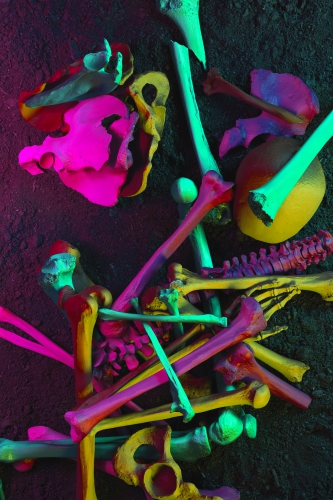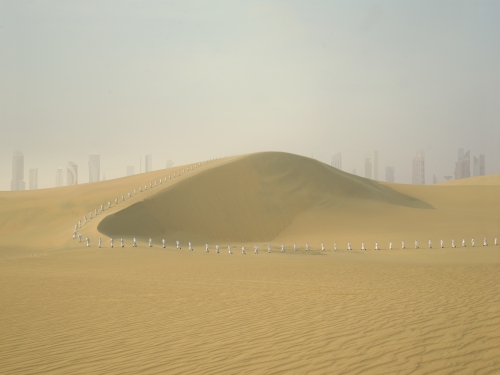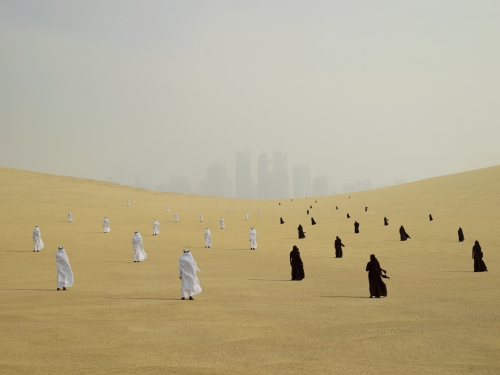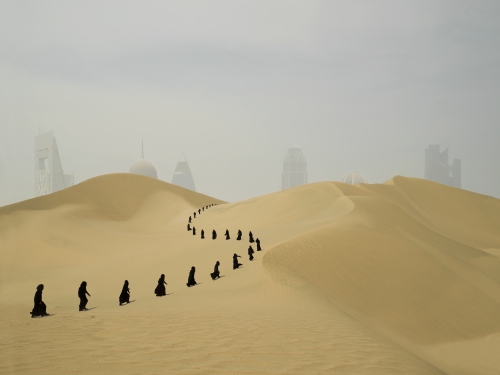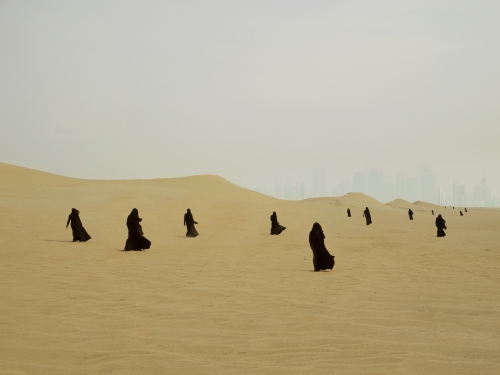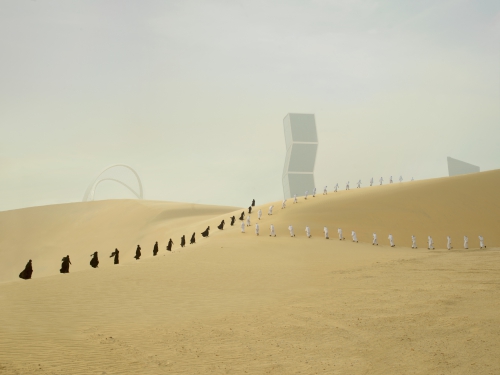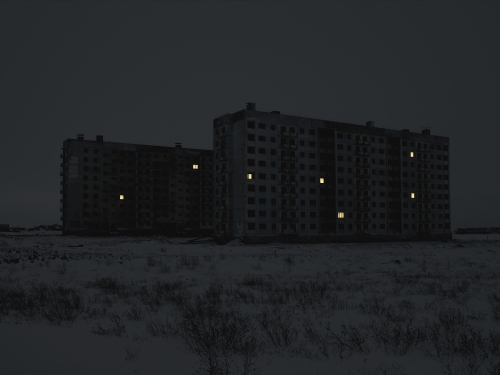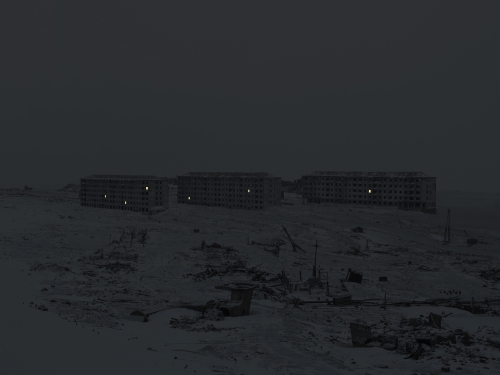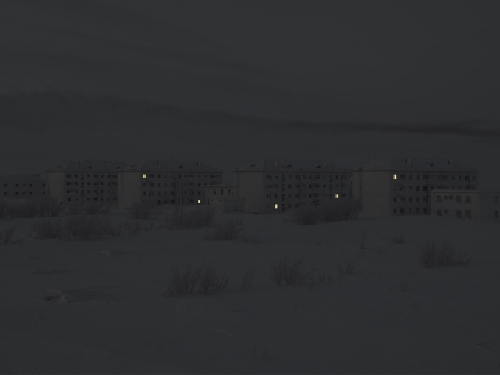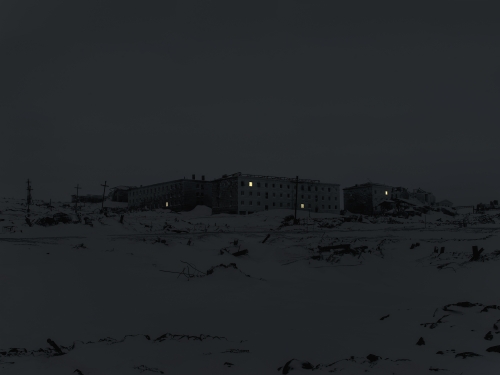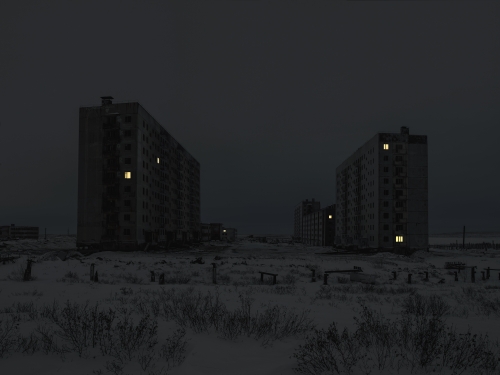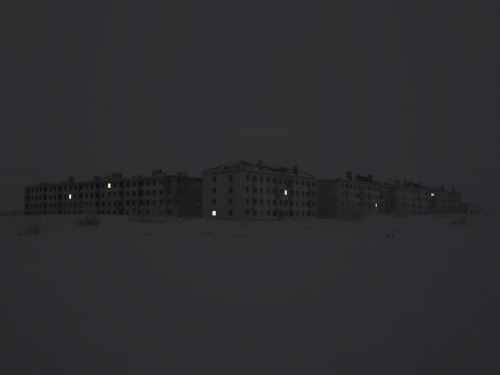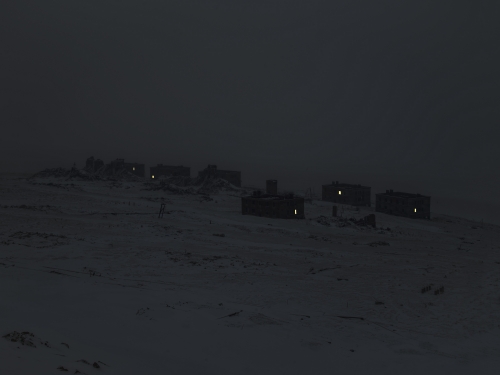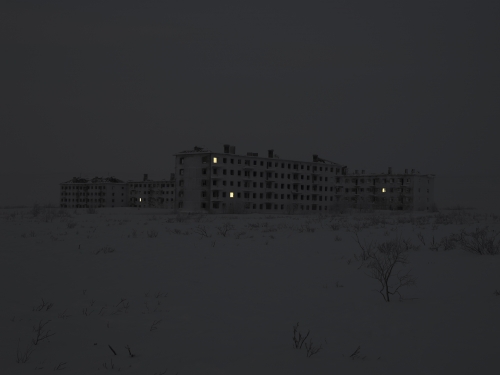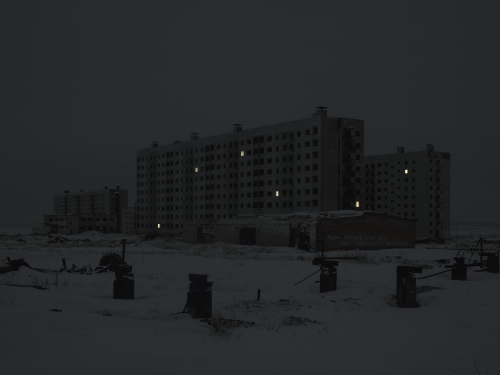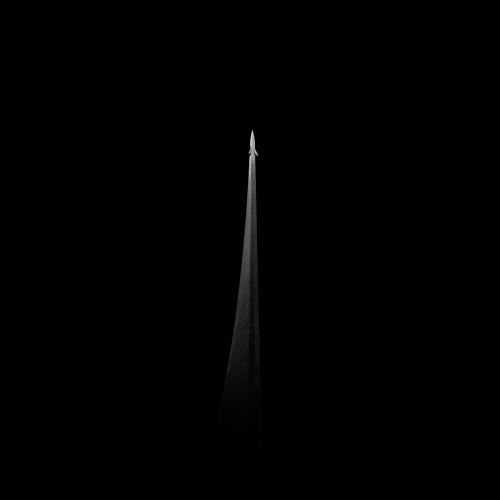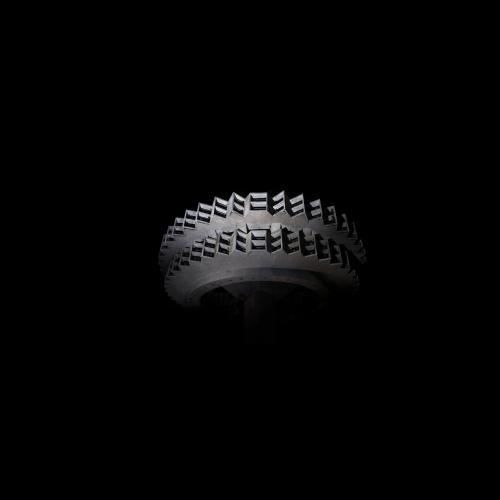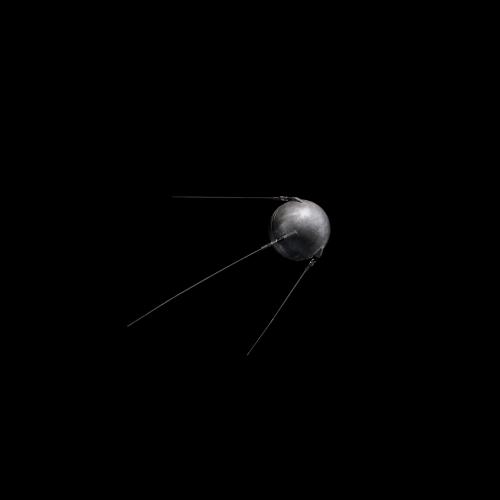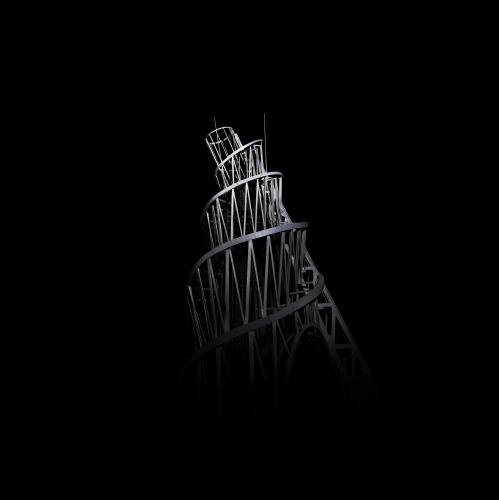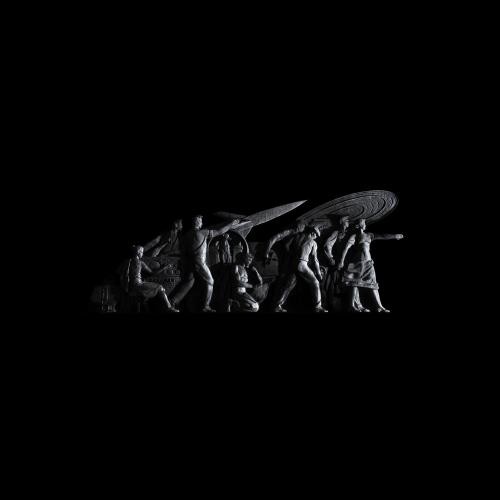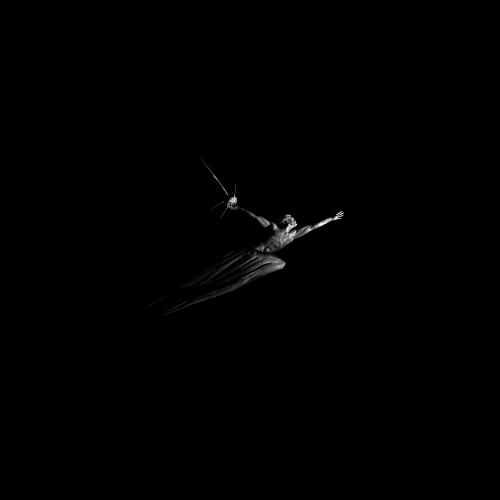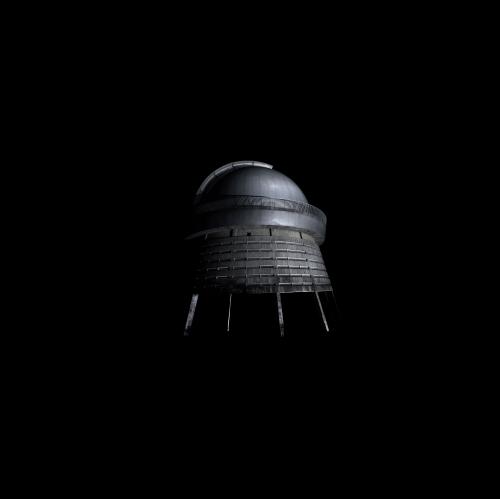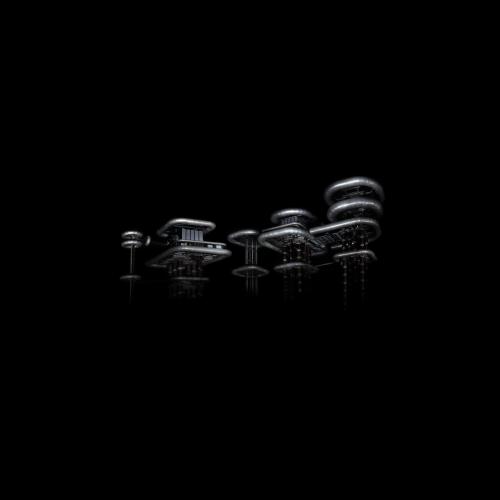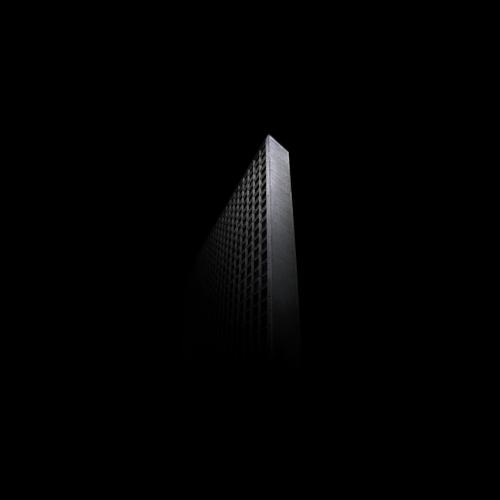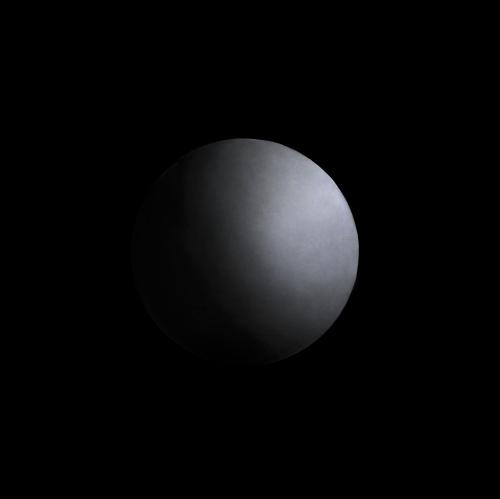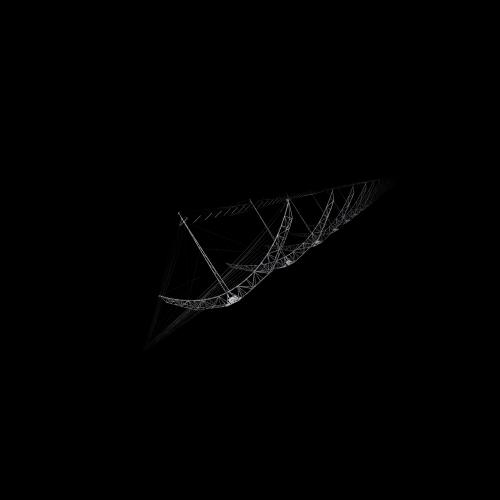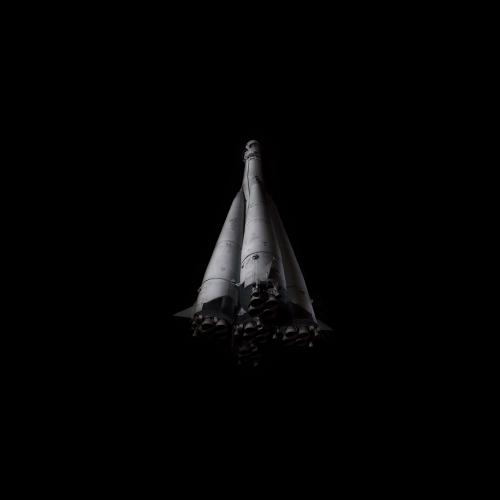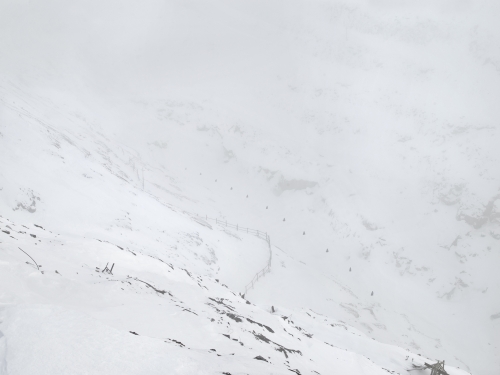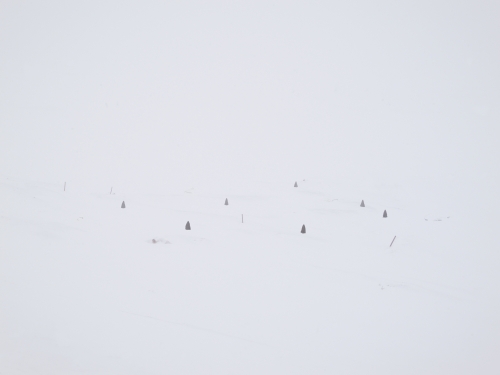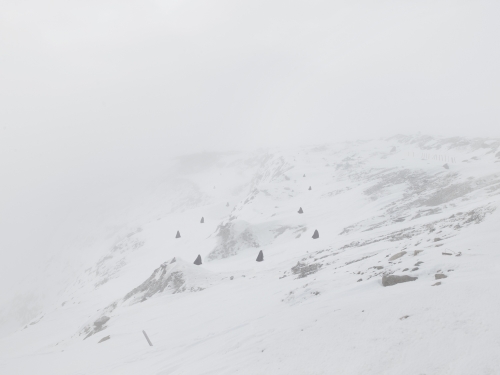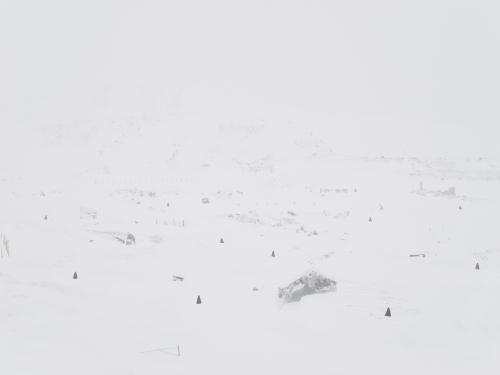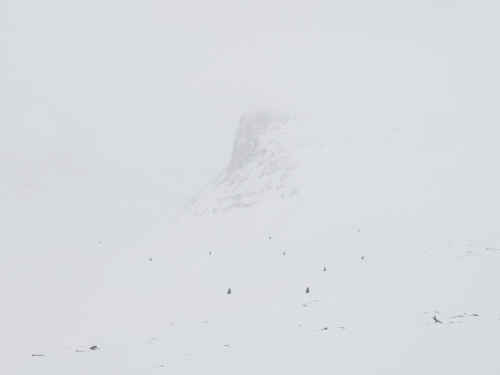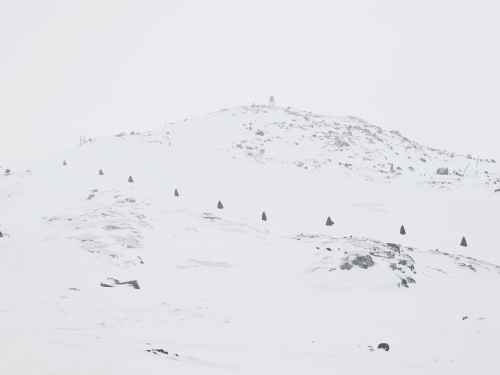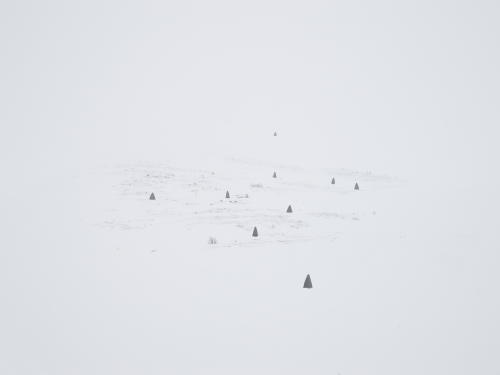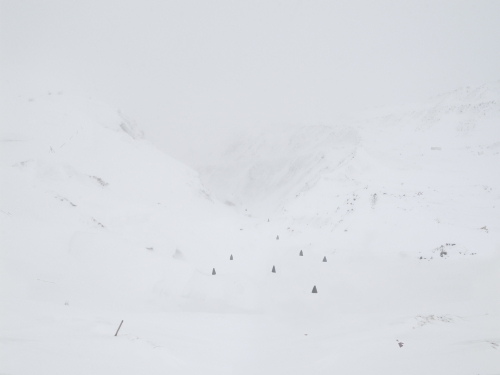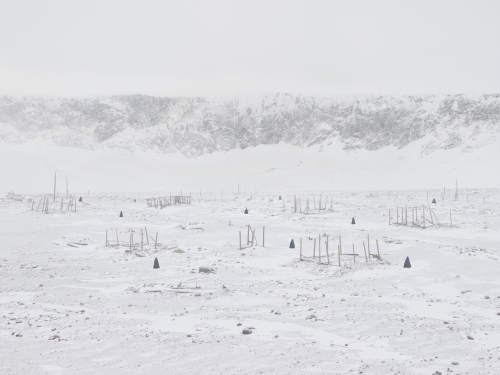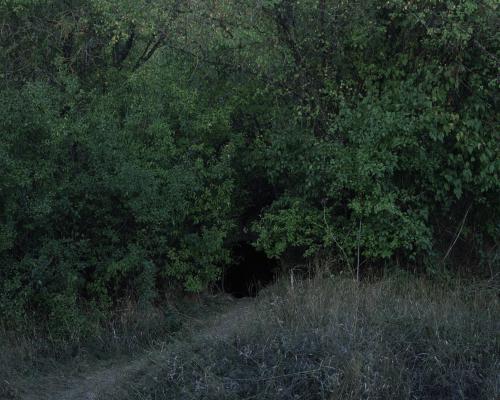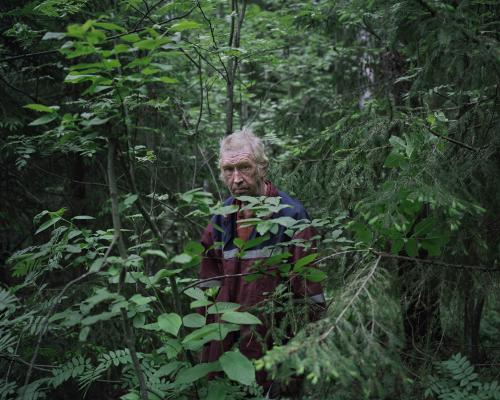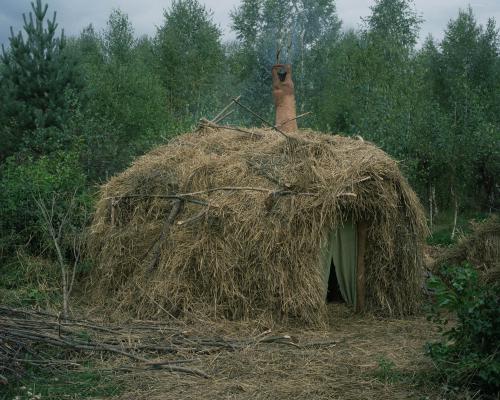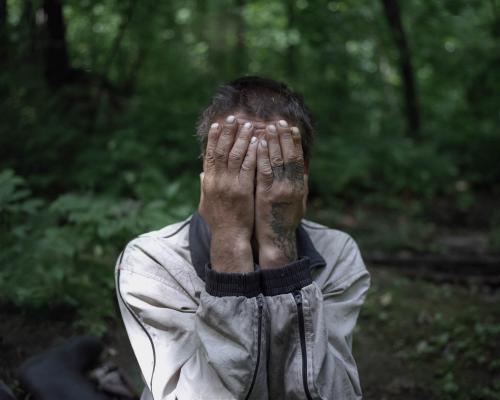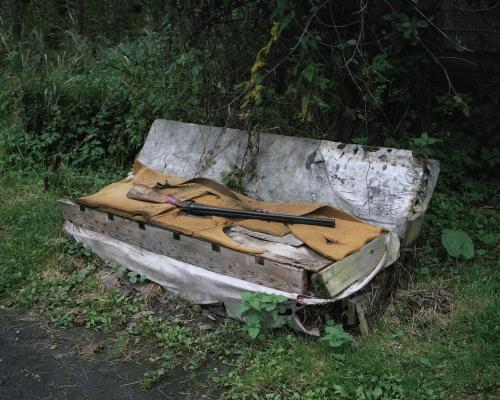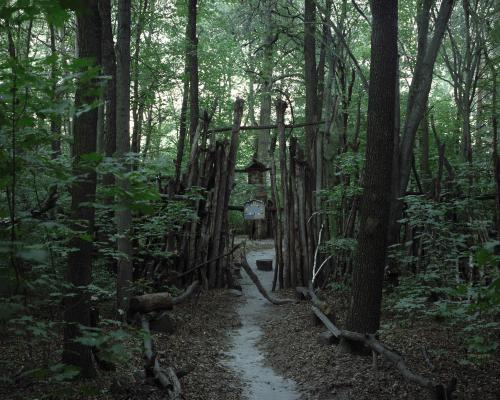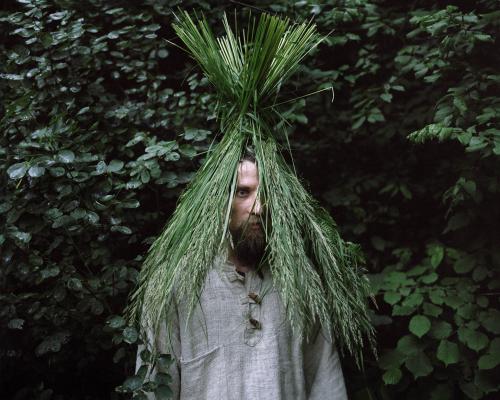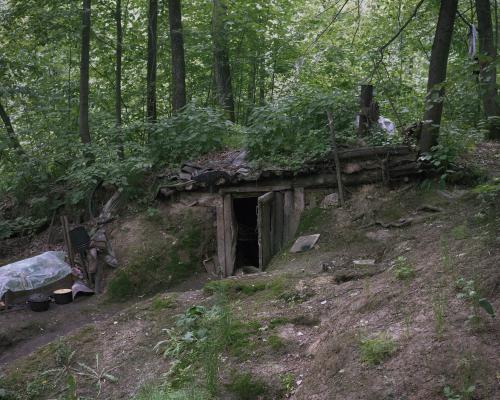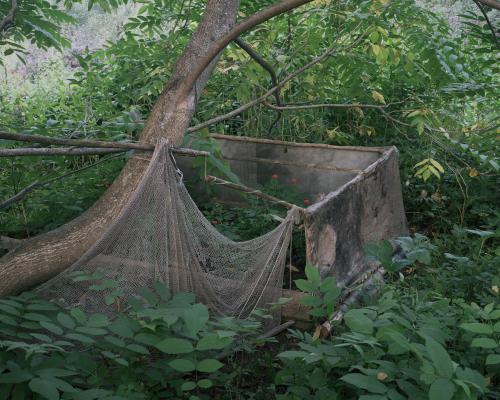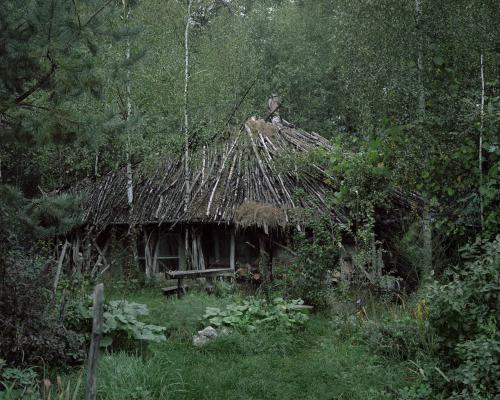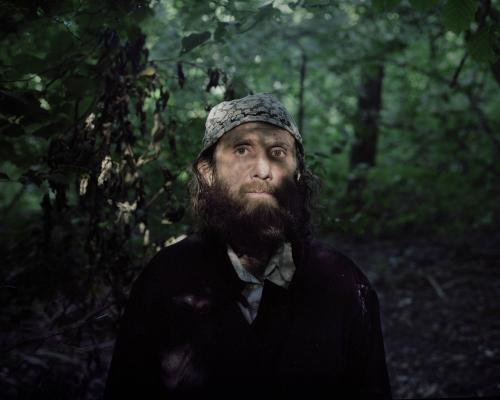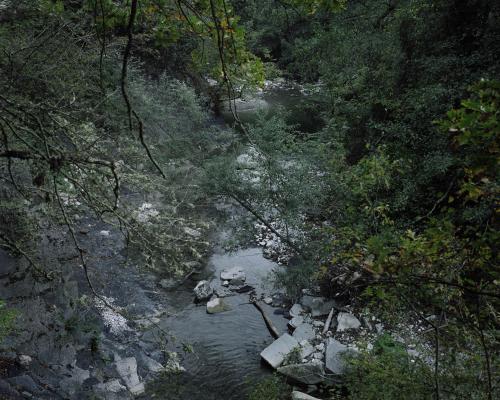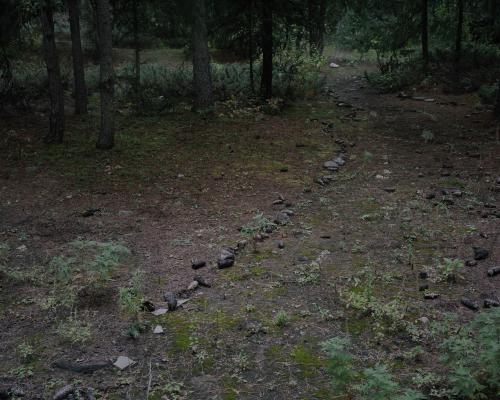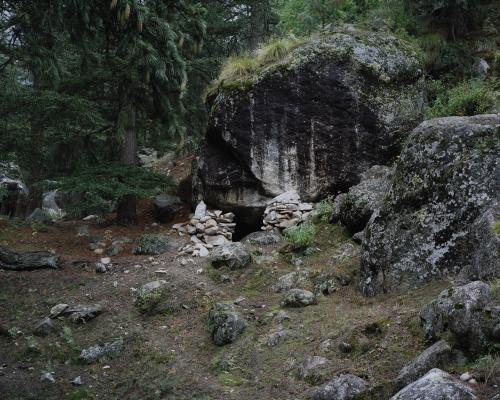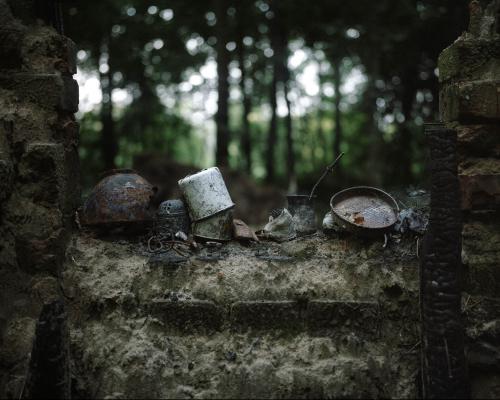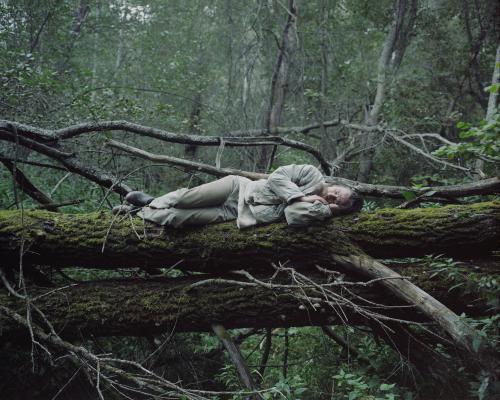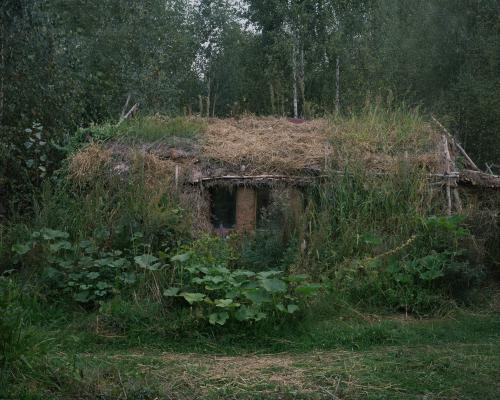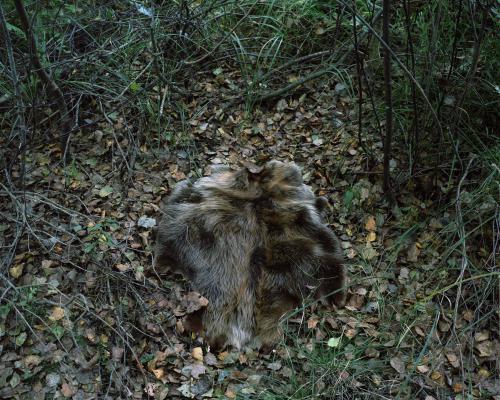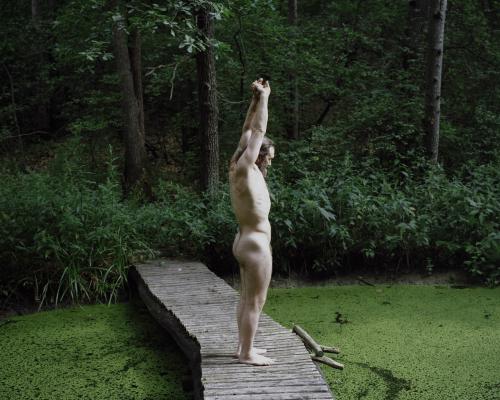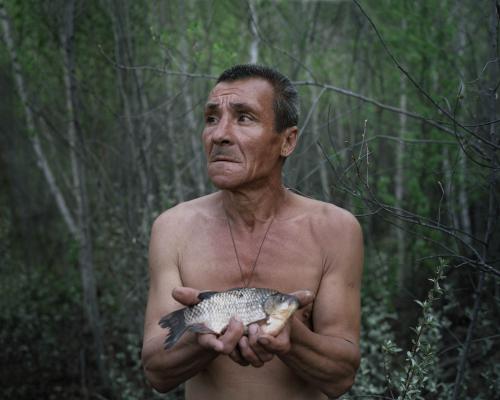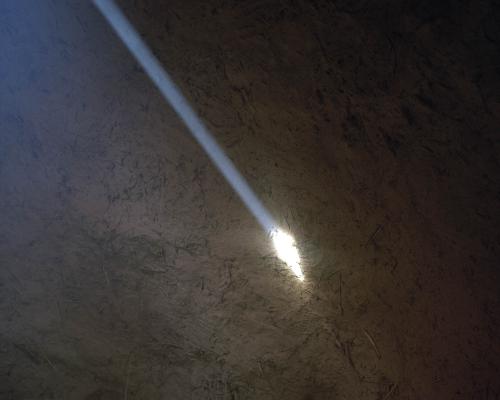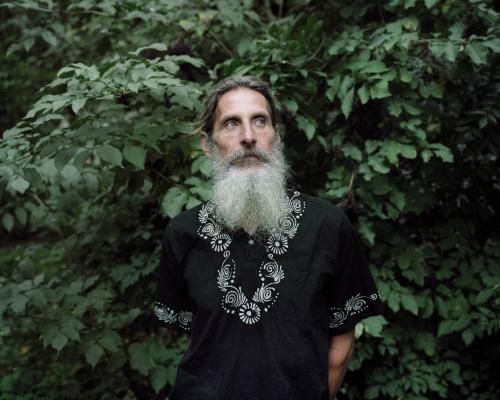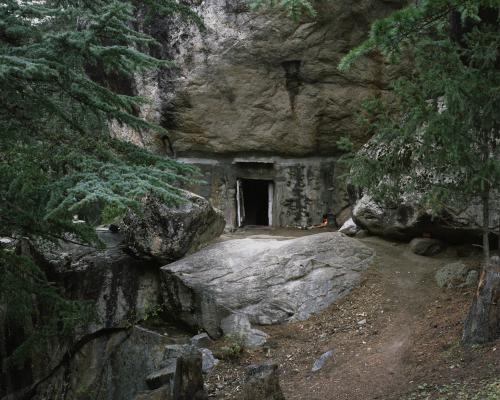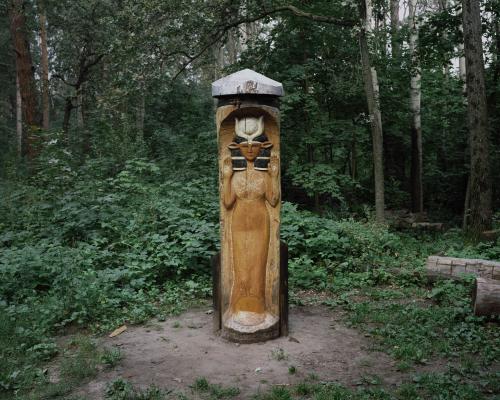Danila Tkachenko
Restricted Areas
33 works
The project "Restricted Areas" is about the human impulse towards utopia, about our striving for perfection through technological progress.
Humans are always trying to own ever more than they have—this is the source of technical progress. The byproducts of this progress are various commodities as well as the tools of violence in order to hold power over others.
Better, higher, stronger—these ideals often express the main ideology of governments. To achieve these standards, governments are ready to sacrifice almost everything. Meanwhile, the individual is supposed to become a tool for reaching these goals. In exchange, the individual is promised a higher level of comfort.
For "Restricted Areas," I traveled in search of places which used to hold great importance for the idea of technological progress. These places are now deserted. They have lost their significance, along with their utopian ideology which is now obsolete.
Many of these places were once secret cities, that did not appear on any maps or public records. These places were the sites of forgotten scientific triumphs, abandoned buildings of almost inhuman complexity. The perfect technocratic future that never came.
Any progress comes to its end earlier or later and it can happen for different reasons—nuclear war, economic crisis, natural disaster. What's interesting for me is to witness what remains after the progress has ground to a halt.
Motherland
13 works
Traditionally Russia has always been an agrarian country. Before the Russian revolution in 1917 more than 75% of the population lived in villages as part of peasant communities. The advent of the Bolsheviks to power was followed by the deliberate destruction of peasant culture, right up to its almost complete disappearance.
Today Russia is a country with vast unpopulated territories, there are more than 350,000 abandoned and empty villages. A large number of country roads, bridges and deserted population centres are ownerless.
With every passing year more than a thousand former population centres are disappearing from the map of Russia, the neglected items rapidly disappear, merging with the natural landscape without any traces of mankind’s presence.
In the Motherland project I record the demise of the Russian traditional village as the bearer of peasant culture and experience of generations. It is already impossible to revive it after one hundred years of methodical destruction. However, this problem translates in public consciousness into imaginary pains, melancholy over social systems that no longer function in the modern world, and fear of the future that is currently blurred and unclear – unlike the old utopic paradigms that promised world justice within the framework of a clearly defined horizon of reality.
In my project I pay my last respects to constructions long dead and metaphorically clear the path for future developments.
The project was filmed in territories located far from population centres and woodland. All manner of precautions were taken to prevent the spread of fire. The debris from constructed decorations were dismantled and taken away, while the used decrepit non-functional and destroyed structures were doomed to complete the process of physical disappearance within several years.
Monuments
9 works
The project Monuments researches the boundaries of historical memory, the area between fact and fiction. As in the case of
political regimes in general, every single one of us is individually inclined to exploit images of the past to meet our current needs
or future goals. We come up with new interpretations and build additional structures to manipulate images of past history.
I erect on abandoned historical sites lightweight structures in abstract modernist shapes, transforming a historical ruin into a
contemporary site and thereby imitating the position on history assumed by the powers that be.
During the filming not a single site suffered. At the end of the work, all the decorations were dismantled.
Drowned
10 works
For the Drowned Project, I traveled through the countries of the former socialist bloc in search of the architecture of socialist modernism, filming it with my camera. The resulting photos were printed
and rolled onto a rigid base, after which the architecture depicted in the photographs was cut out in separate fragments, which I installed on the shoals of the Aral Sea. The architecture of Soviet modernism was an image of the communist future. Over time, political utopias collapsed, leaving behind the architecture of a failed future.
Acid
30 works
Today mankind is surrounded by a number of invisible threats capable of causing significant
damage to the human body or fully destroying it. Air pollution, viruses, radiation – while they
cannot be seen or felt when we are exposed to them, at the same time they are capable of
having a considerable impact on the environment and transforming it.
I use projectors with a green filter to expose and identify places contaminated by radiation. The
additional element in the form of a splash of colour on the light destroys the formal
photographic look, representing an invisible threat, and thereby rendering the image more
realistic.
The acidic colour is frequently used to portray toxicity in mass culture. It is representative of
part of the public’s fantasy about disaster and has little in common with forms of toxic
pollution, as the latter are invisible.
One of the most important functions of fantasy is the aspect of psychological defence:
repression, regression and denial.
This protective mechanism kicks in when we come into contact with apocalyptic content, as we
convince ourselves that a global catastrophe is intrinsically unreal, while a manmade threat or
mysophobia represents merely remote possibilities and projections from the here and now.
The fantasy of disaster consequently demonstrates that we don’t believe in disaster. However,
it represents specifically one way in which we perceive the world.
By making the fictional representation clash with actual pollution, I try to return to the real
world from the imaginary plane.
Shoal
12 works
For the project Shoal I made parts based on representations of the typical post-Soviet
landscape in order to install them on the silt banks of the Aral Sea. These days the post-Soviet
landscape, constituting a ghost of utopia, epitomises the current mundanity of the countries of
the former Soviet Union. The ghosts do not exist in our time, but are instead inhabit space
which continues to exist imbued with a new life. The project Shoal represents an attempt to
separate the ghostlike space from contemporaneity, transferring it to “nowhere land”, namely
to the bottom of a sea that has shrunk by 90%. The Aral Sea, at one point the fourth largest sea
in the world, fell victim to the utopian regime and disappeared together with this regime,
leaving behind a blank space.
Heroes
12 works
The project was made with the help of archaeologists engaged in excavations of historical battles, as well as places of execution
during political repressions. After photography, all the remains were buried.
Oasis
6 works
Qatar is a country with a major history, a peninsula where contemporary Qatar is located. It started to be populated back in the 3rd -2nd millennium BC.
Many hundreds of years ago Qatar‘s population lived in the desert with a harsh climate, farmed livestock and fished.
Qatari took from their past religious traditions, values and lifestyle that they are trying to combine with a new capitalist world, thereby making Qatar a place where it is possible to see most distinctly the boundary between the interaction of the past and future.
The Qatari people, leaving behind the stark desert wearing traditional clothes and entering a new contemporary reality, are joyfully accepting all the benefits of the capitalist world, seeking more and more comfort and luxury. At the same time, they are meeting the challenges of this new world. Will the Qatari people manage to retain their identity? Or will they lose their strength of will in such a comfortable environment? Will they yield to the destructive temptations and attractions of the new world? Only time will tell.
Planetarium
9 works
I travel around abandoned cities in Russia’s Far North, investigating the phenomenon of Russia’s internal
colonisation. The historian Vasily Klyuchevsky considered Russia’s internal colonisation to be a key
factor in the country’s history: “The history of Russia is the history of a country which is being
colonised”.
The Soviet Union was one of the starkest examples of internal colonisation where entire peoples would
be deported to remote and previously unsettled lands.
Soviet utopia, which promised social justice and a life of happiness, sought to extend far beyond
developed and assimilated areas – to Russia’s Far East and even into space.
In most instances it transpired that the large-scale projects implemented to assimilate the north were
utterly pointless, leaving in their wake the remnants of the induced trauma – abandoned cities. These
cities, created by the power of a totalitarian state and the regime’s demand for resources, were built
with the bare hands of prisoners living in a climate of permanent frost.
Using portable flashes, I turn the light on deserted flats, recalling the lives that were cast to one side in
the drive to realise a totalitarian utopia.
Lost Horizon
18 works
Mannequins
10 works
The project adresses the problems of recollection and remembrance of political
terror in the former Soviet Union.
I would try to find the sites of former concentration camps of the GULAG system and
reach them in order to establish installations there consisting of mannequins covered
with black cloth. As a rule, these places are hard-to-reach and are not marked on
maps.
The GULAG consisted of a vast system of concentration and forced labour camps in
Soviet Russia where people would be subjected to hard labour, violence and genocide.
Millions of innocent people were the victims of the GULAG, including the citizens of
the USSR, and also other countries: Czechs, Hungarians, French, Americans, etc.
The GULAG phenomenon is attributable to the fact that this is the largest genocide in
the world perpetrated by a country with its own people. While the Nazi holocaust
destroyed the perceived "Other", the Soviet terror was similar to an act of mass
suicide.
The suicidal nature of the Soviet repressions hampers the functioning of the
mechanisms that tend to be used to help people survive a disaster: learn what
happened; find and punish the guilty; establish memorials at the sites of the crimes.
The Russian state, the immediate successor of the Soviet regime, does not want to
acknowledge its guilt and tries to conceal the vestiges of the crime.
Other than its scale, only one thing is known about this Soviet catastrophe - the
extent of the uncertainty. The precise number of GULAG victims cannot be
established: existing estimates range from 5 million to 30 million. Most of the
information remains classified by the state, there is no complete list of the victims
and executioners, and there are not enough museums and memorials which could
frame an understanding of these events for future generations.
Russia is a country where millions remain unburied. This incompleteness is one of the
reasons why the recent past continues to haut Russian politics and cultures, dividing
society and placing restrictions on political choice. The past returns in the form of
fear of the future and of history repeating itself, overshadowing the present.
Escape
30 works
I was traveling in search of people who have decided to escape from social life and live all alone in the wild nature, far away from any villages, towns or other people.
The main characters of my project violate social standards for different reasons. By a complete withdrawal from society they go to live alone in the wild nature, gradually dissolving in it and losing their social identity. While exploring their experience, it is important for me to understand if one is able to break free from social dependence and get away from the public to the subjective - and thus, to make a step towards oneself.
I am concerned about the issue of internal freedom in the modern society: is it at all reachable, when you’re surrounded by social framework all the time? School, work, family -once in this cycle, you are a prisoner of your own position, and have to do what you're supposed to. You should be pragmatic and strong, or become an outcast or a lunatic. How to remain yourself in the midst of this?
I grew up in the heart of the big city, but I’ve always been drawn to wildlife - for me it's a place where I can hide and feel the real me, my true self, out of the social context.
Artists you may also like
